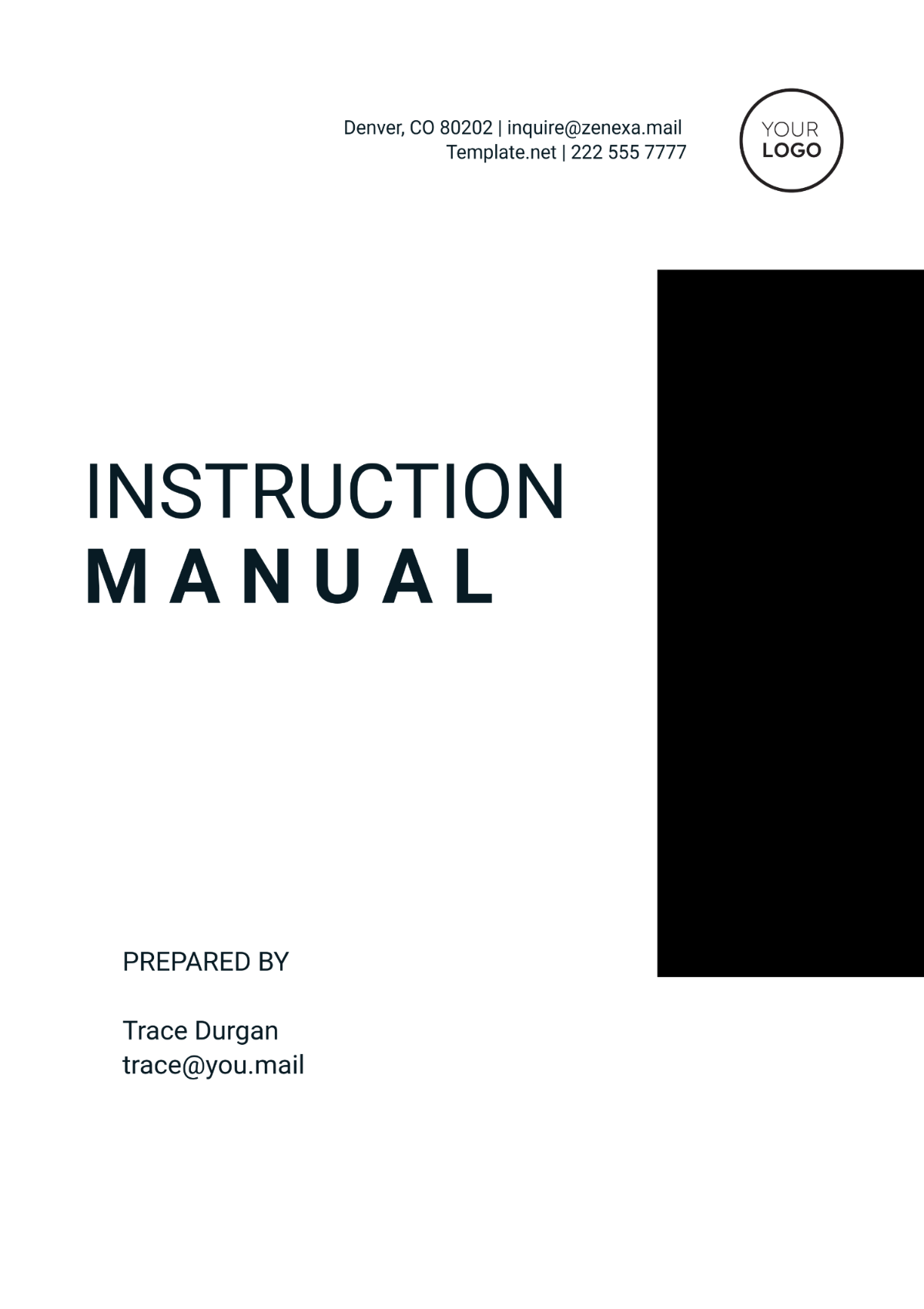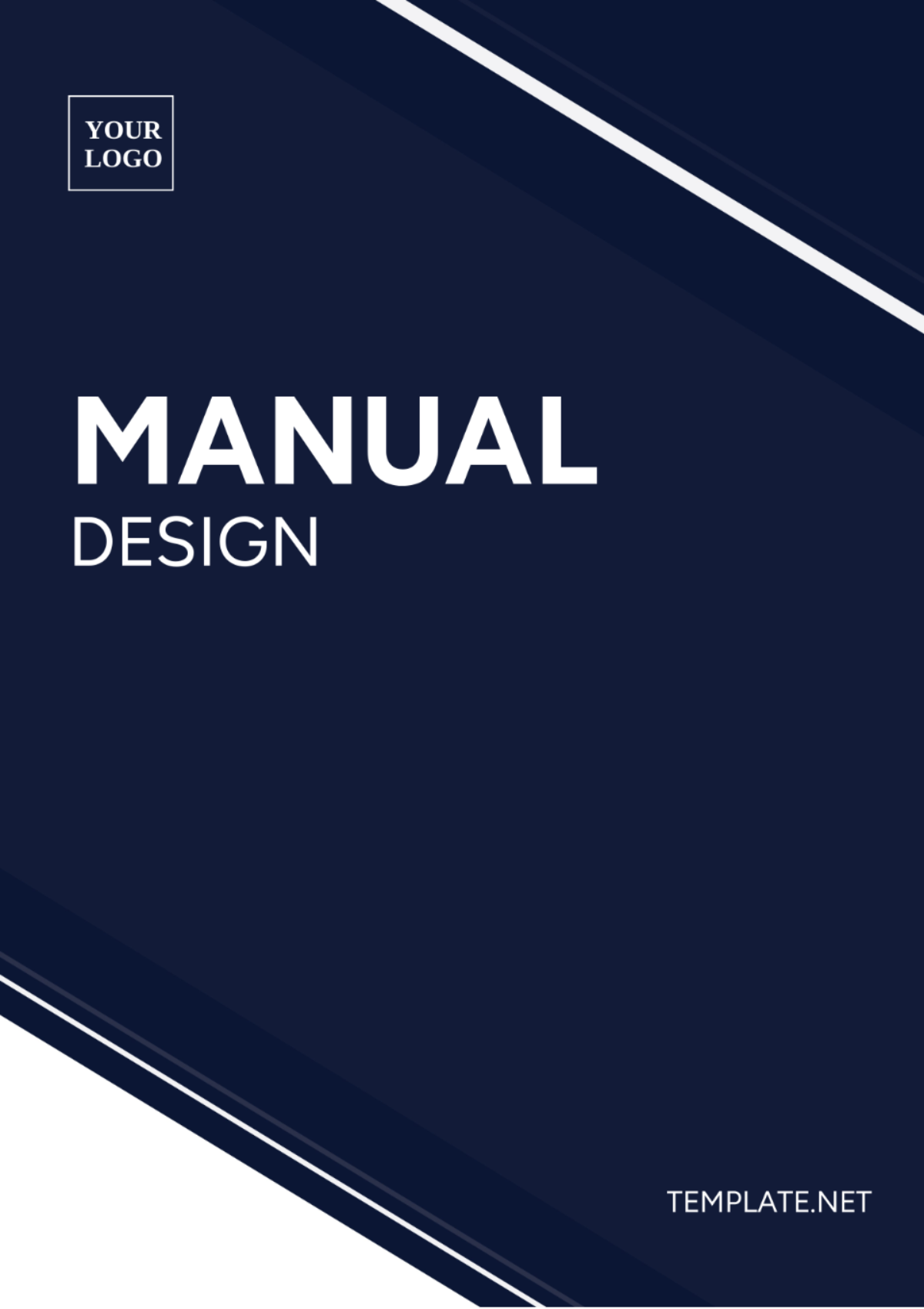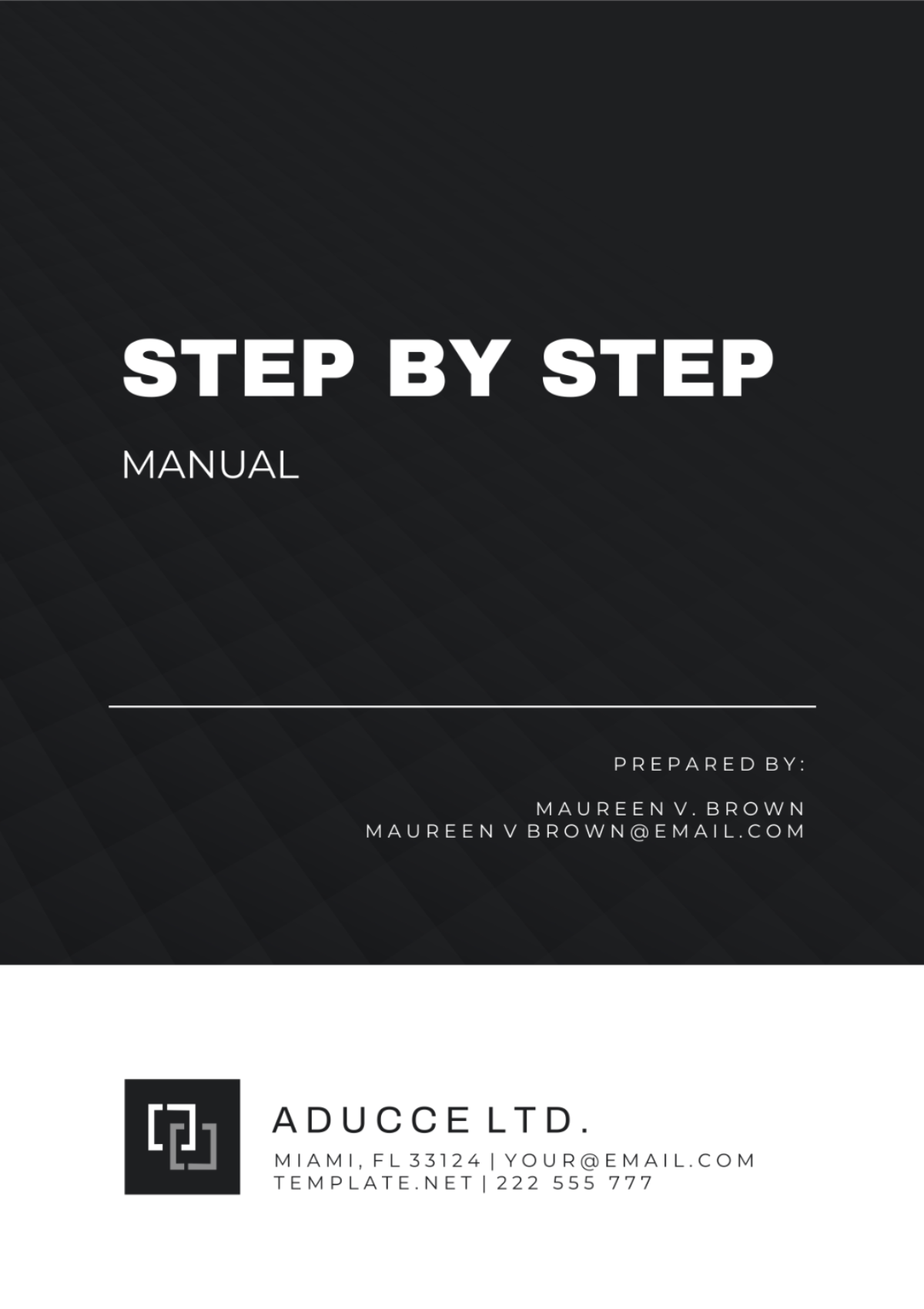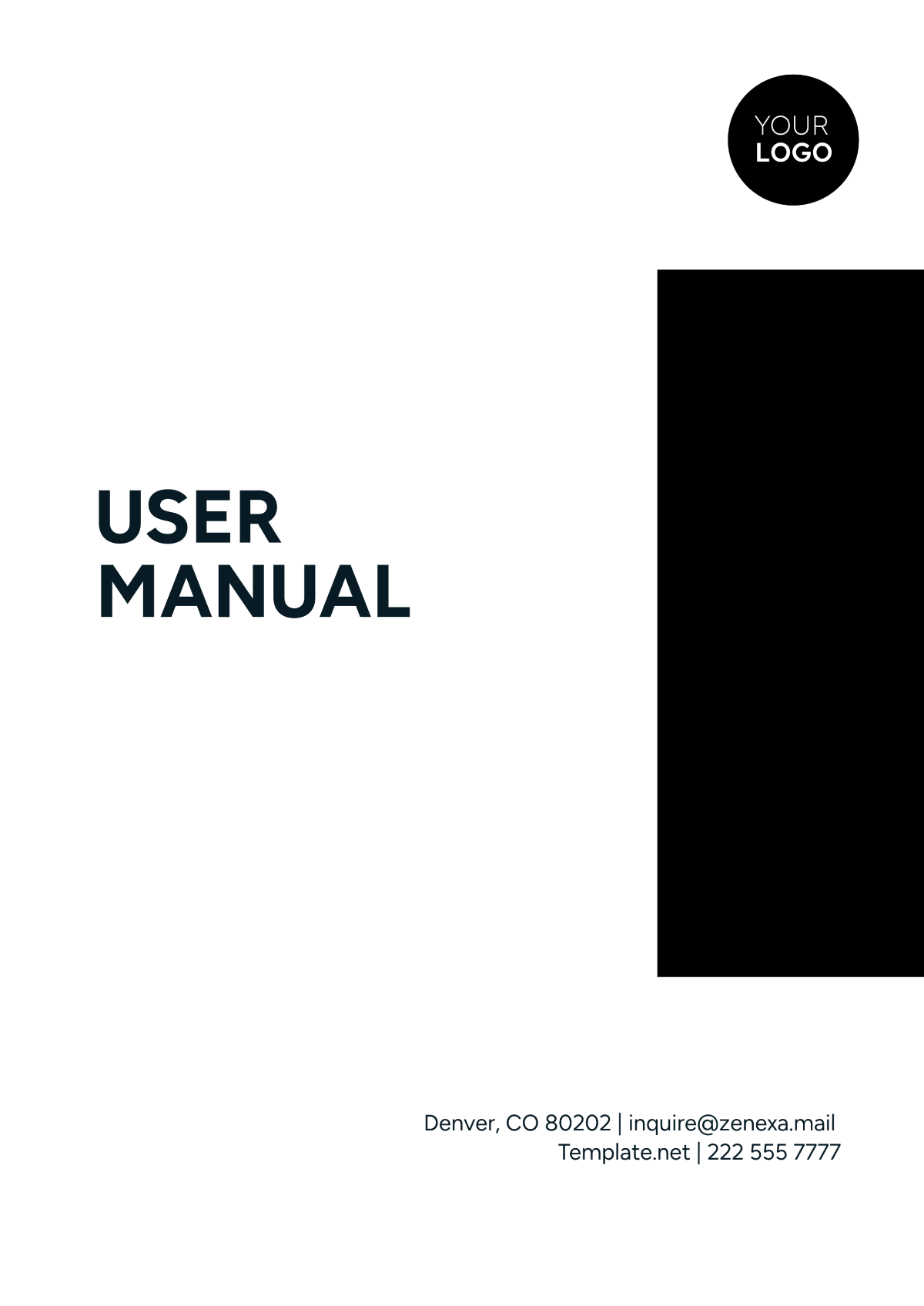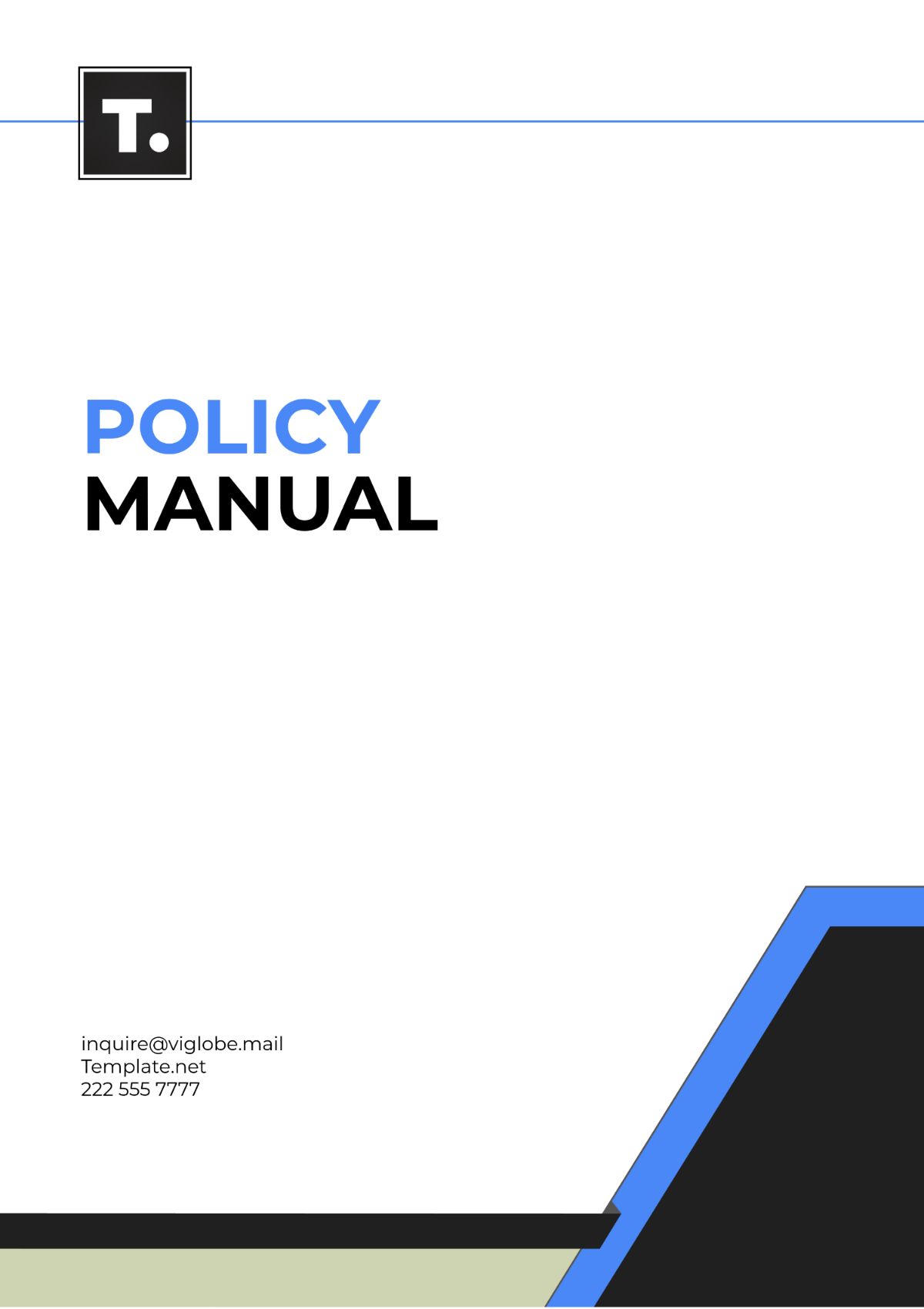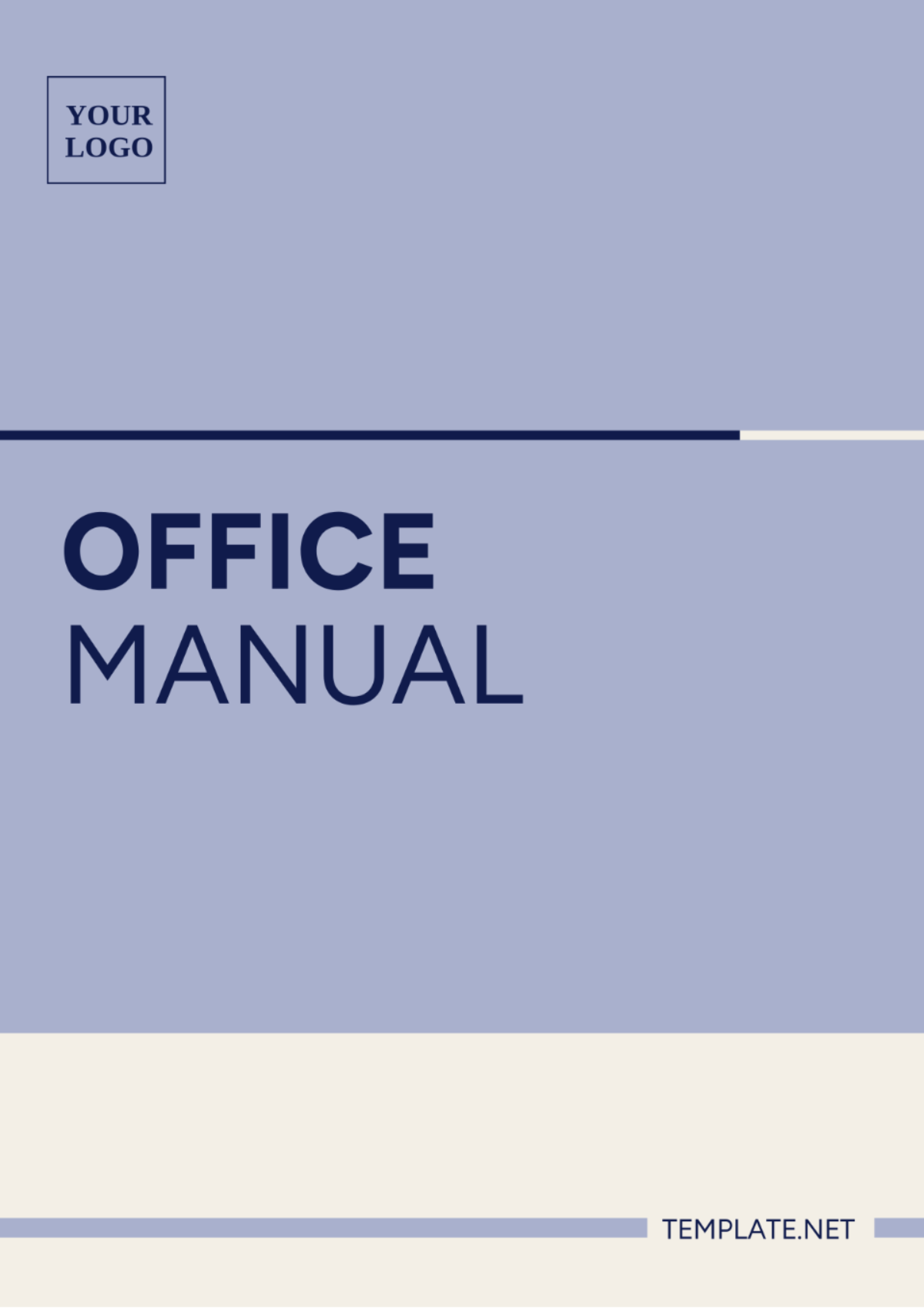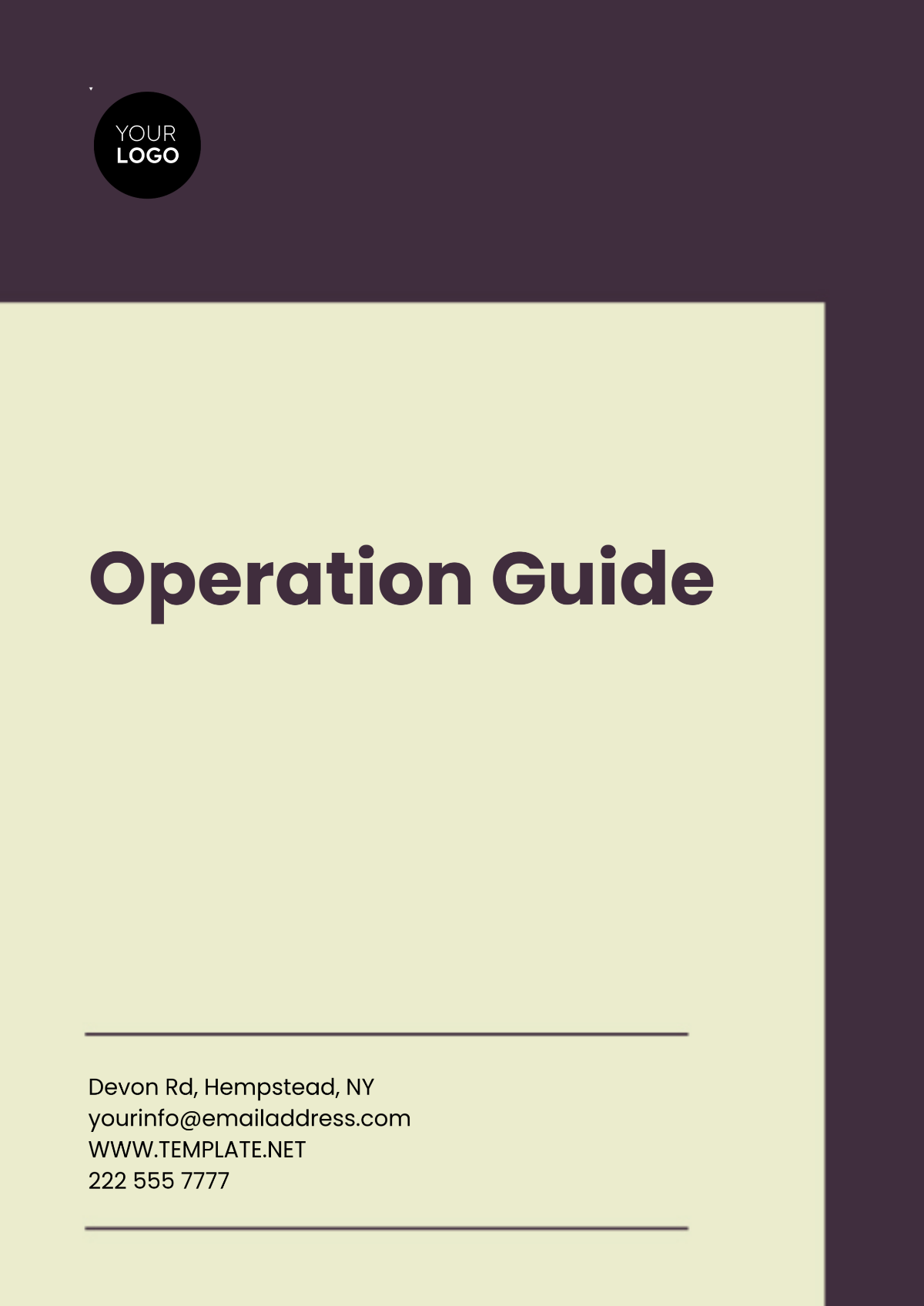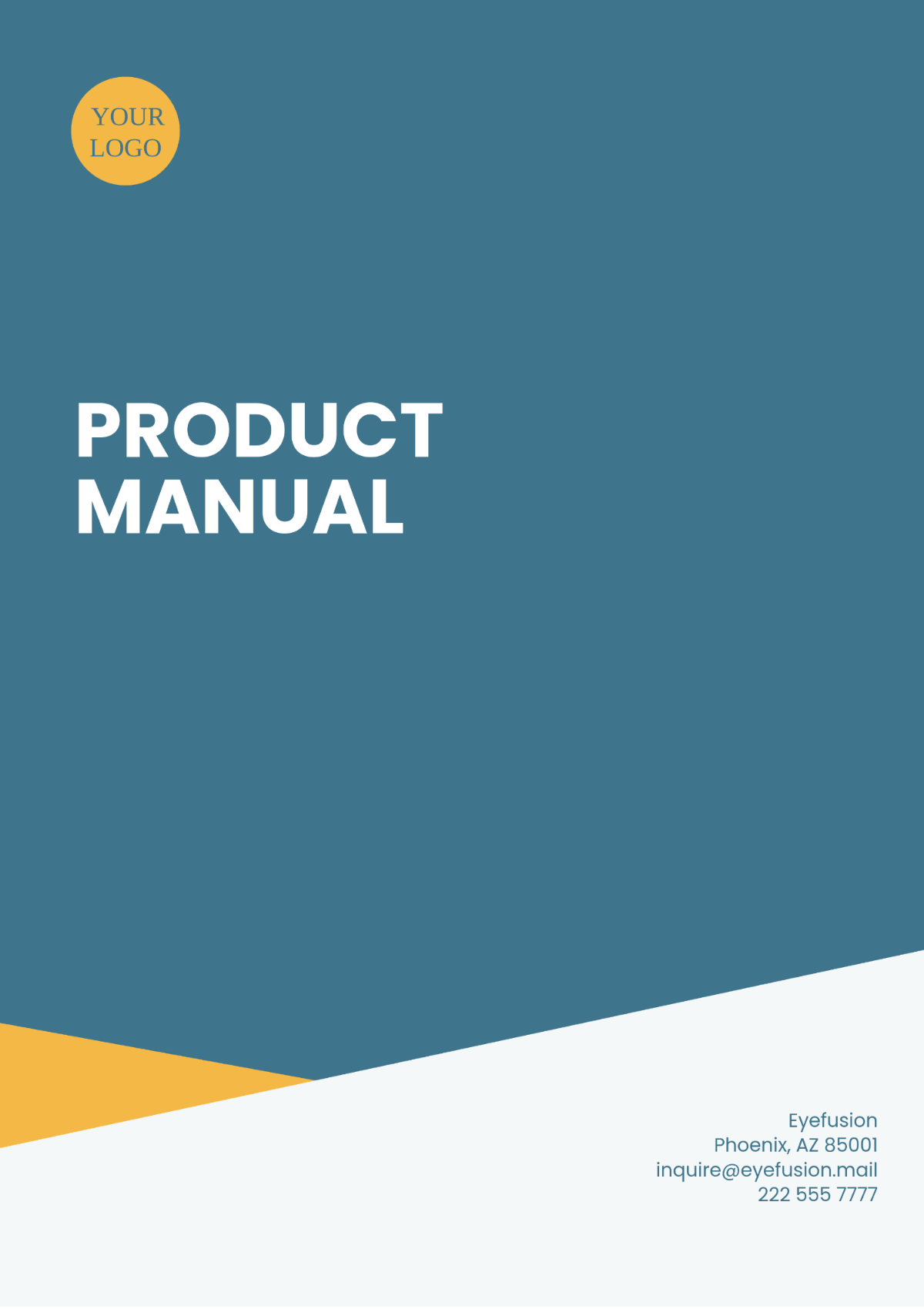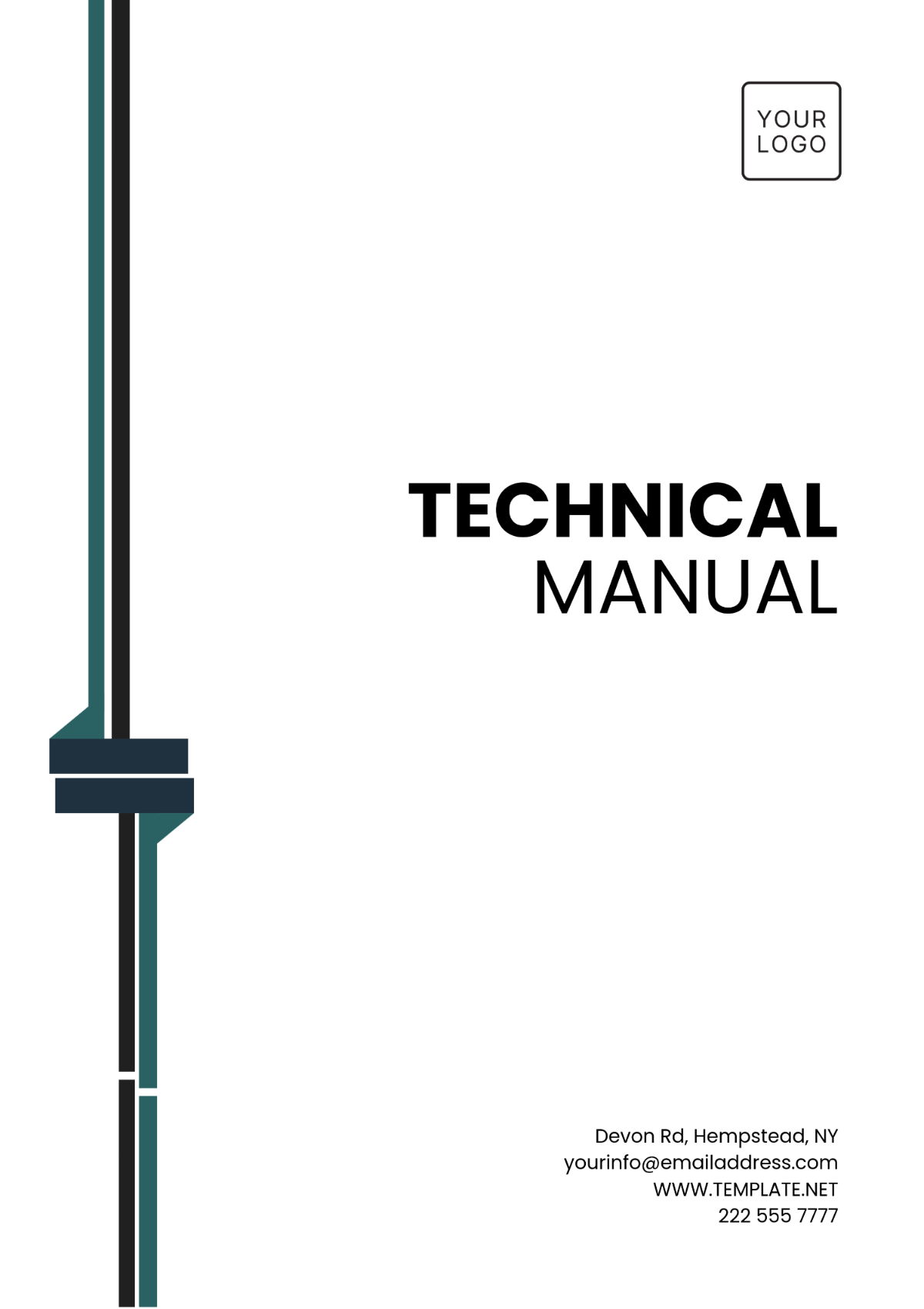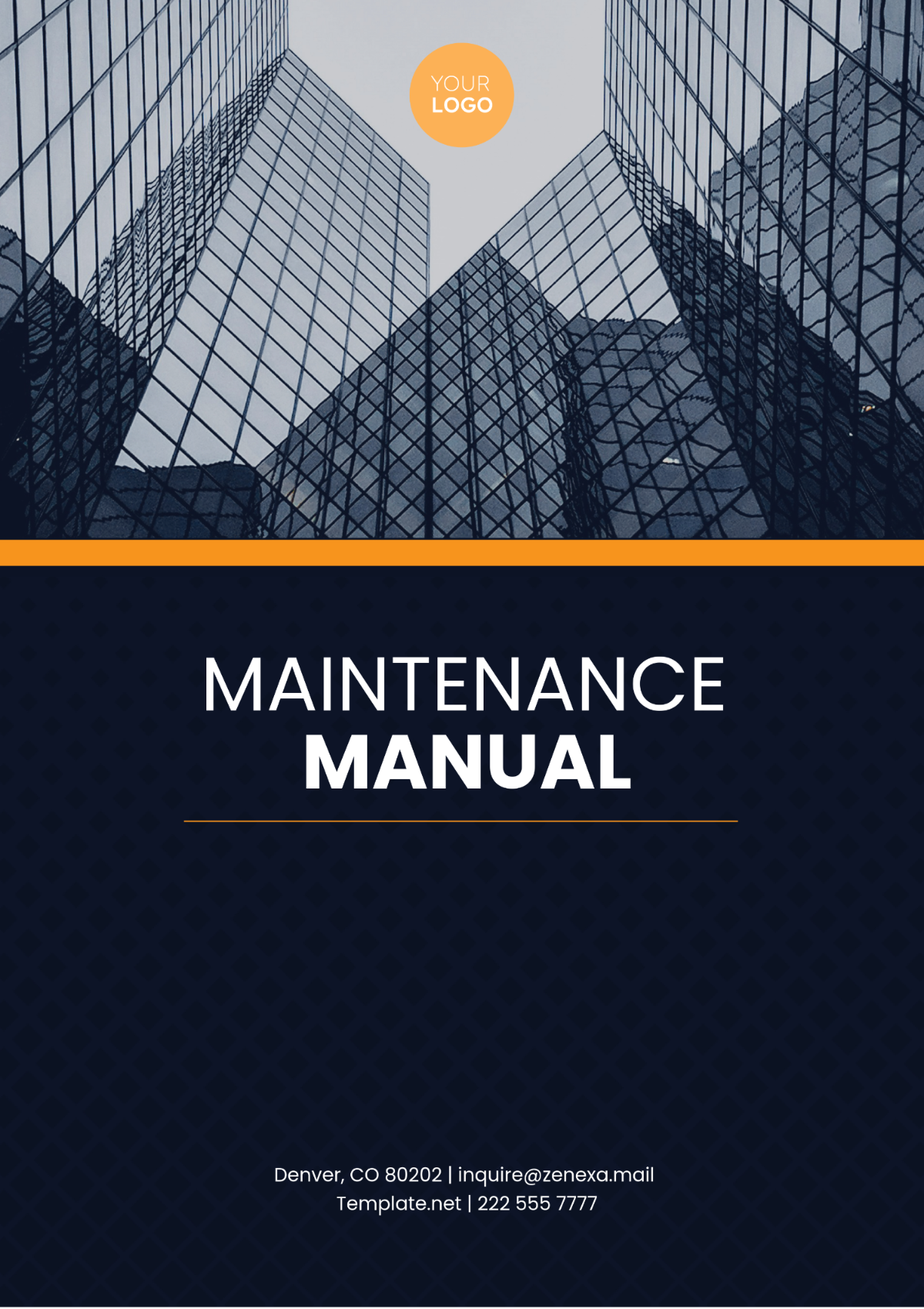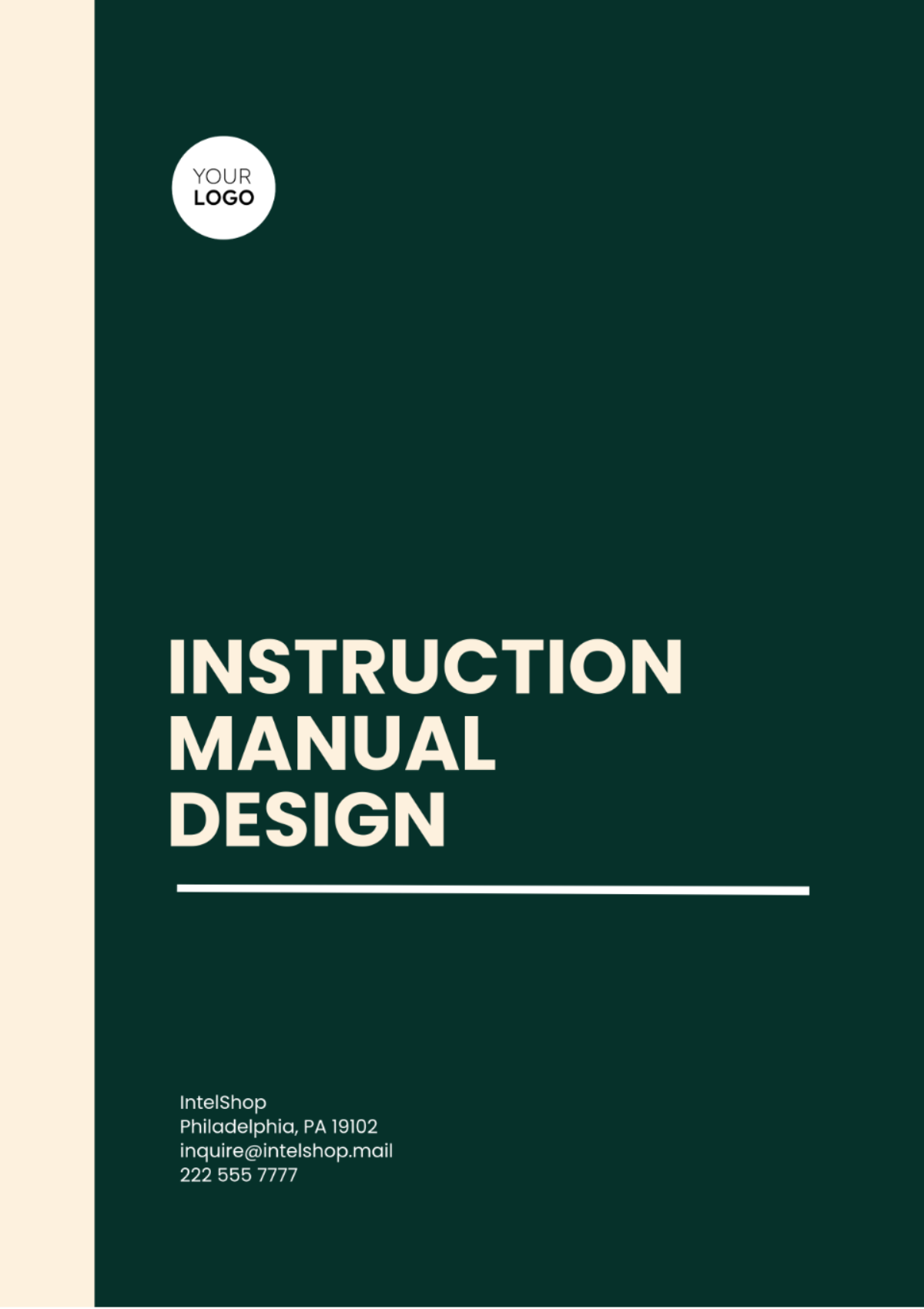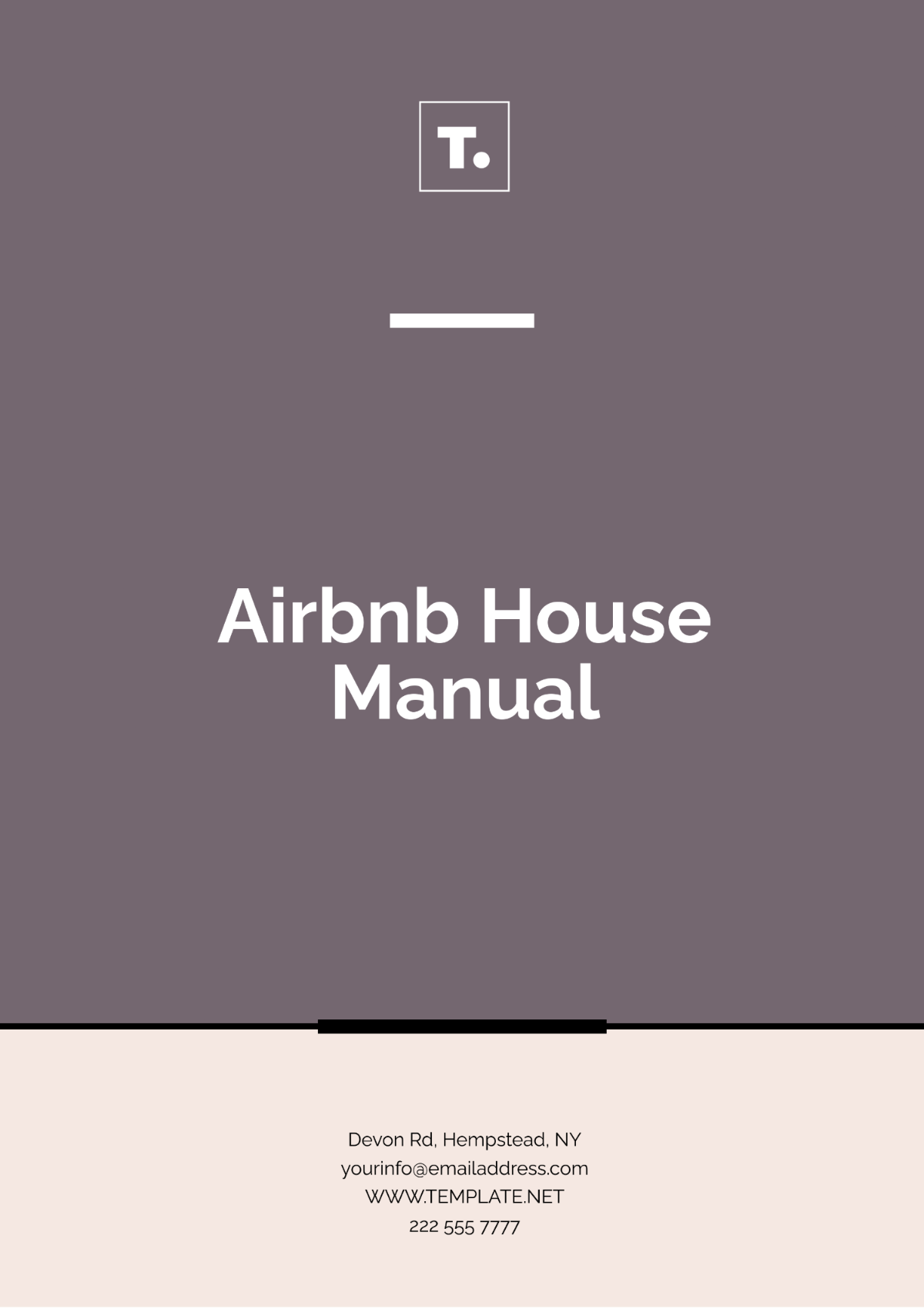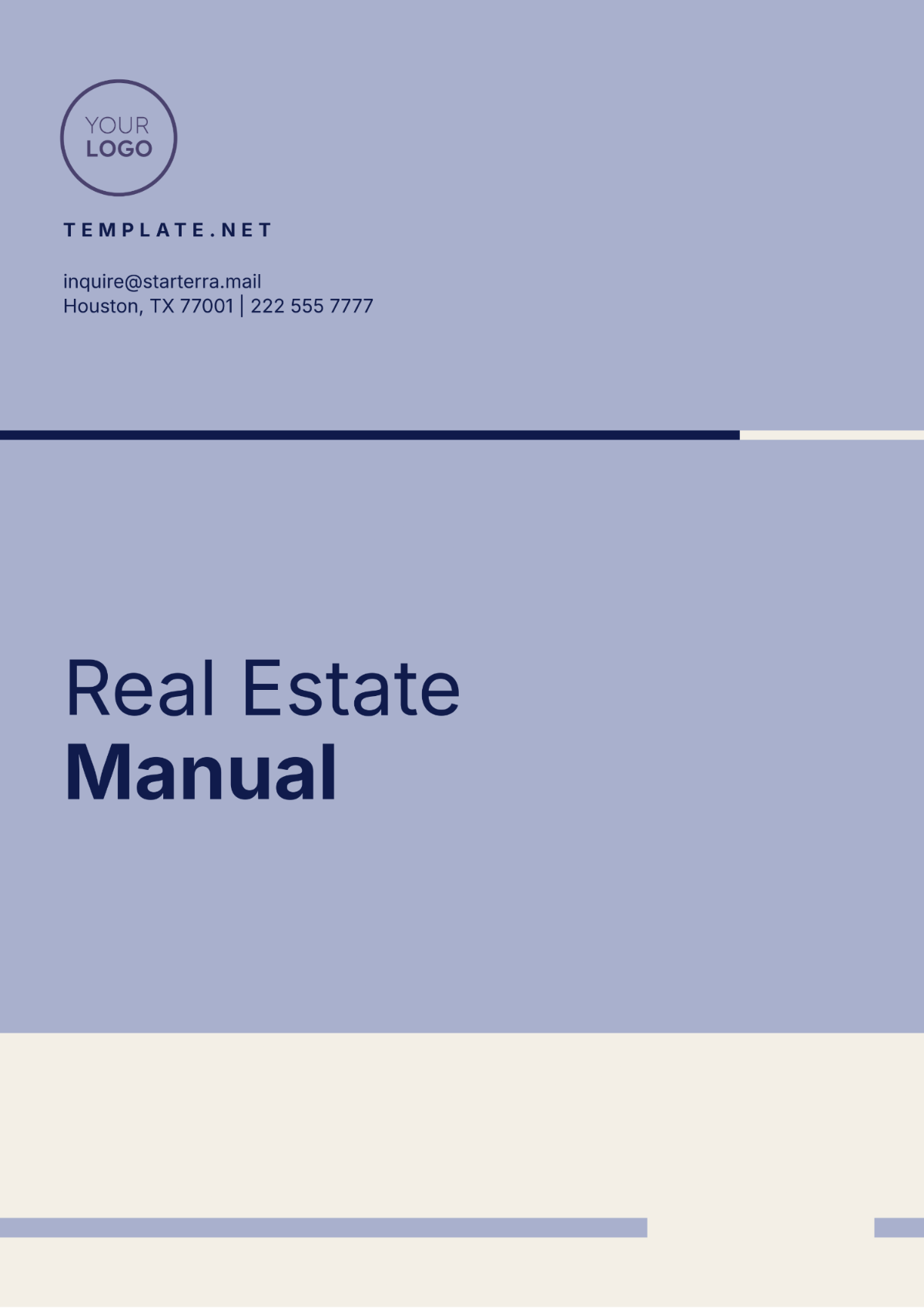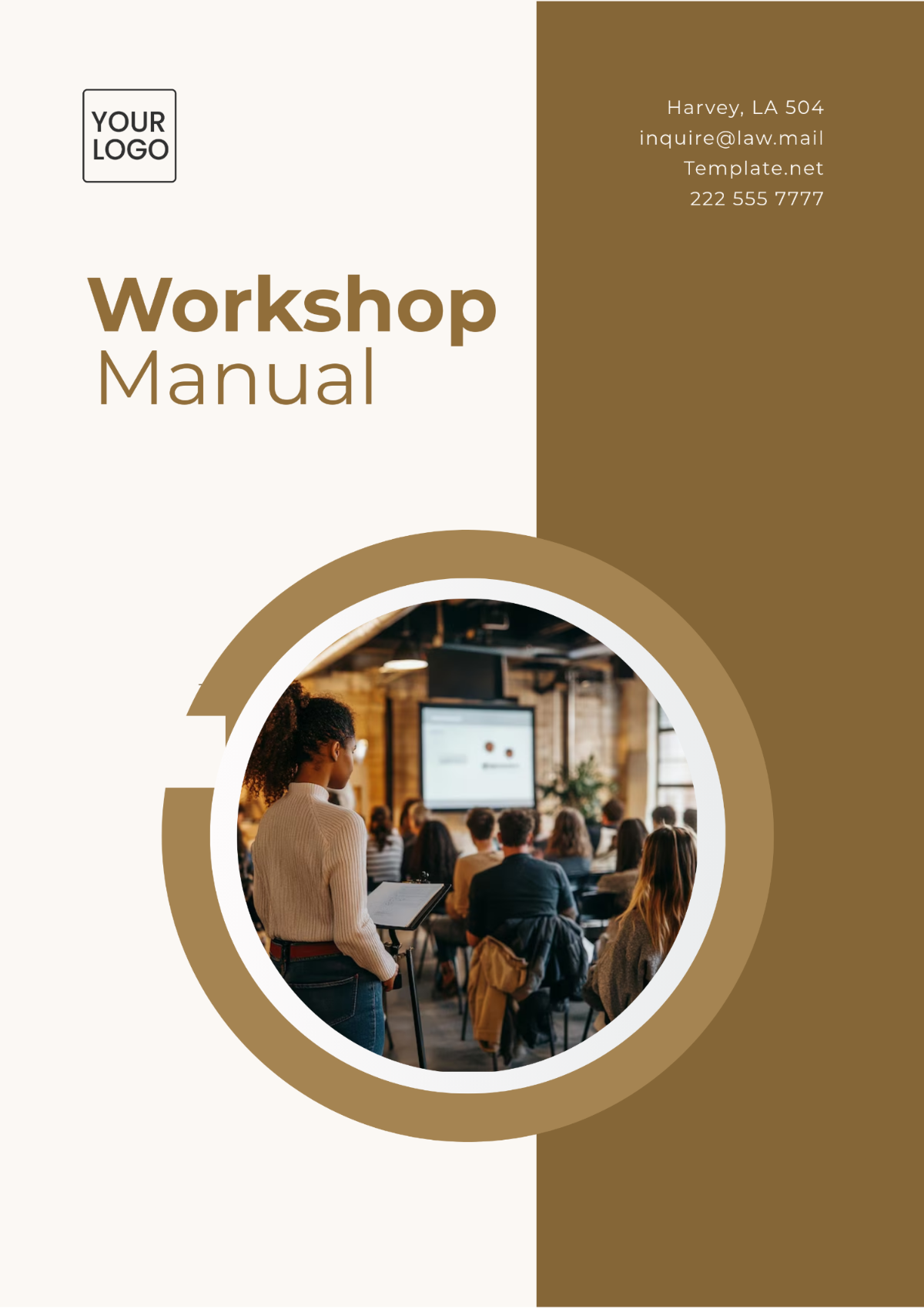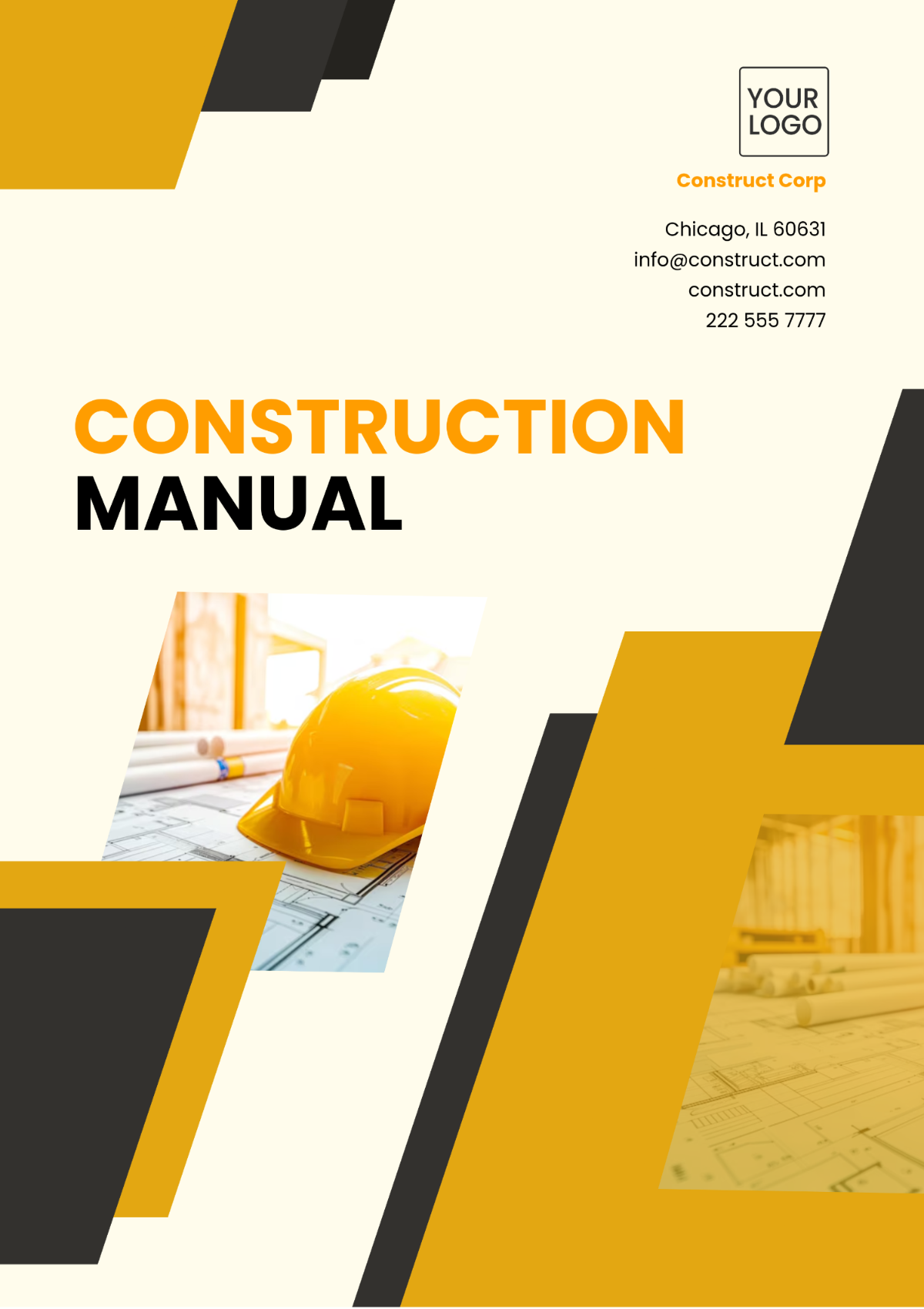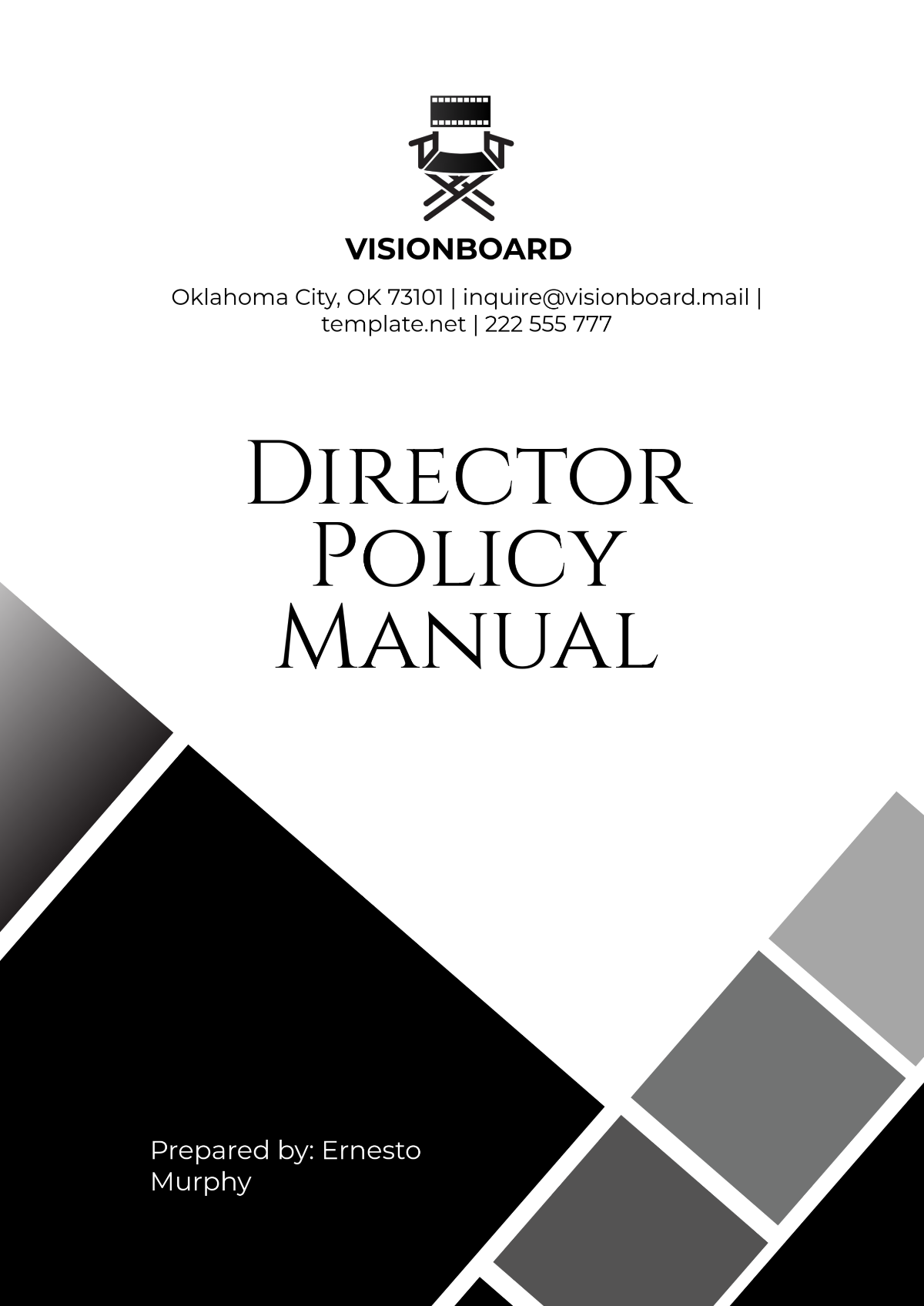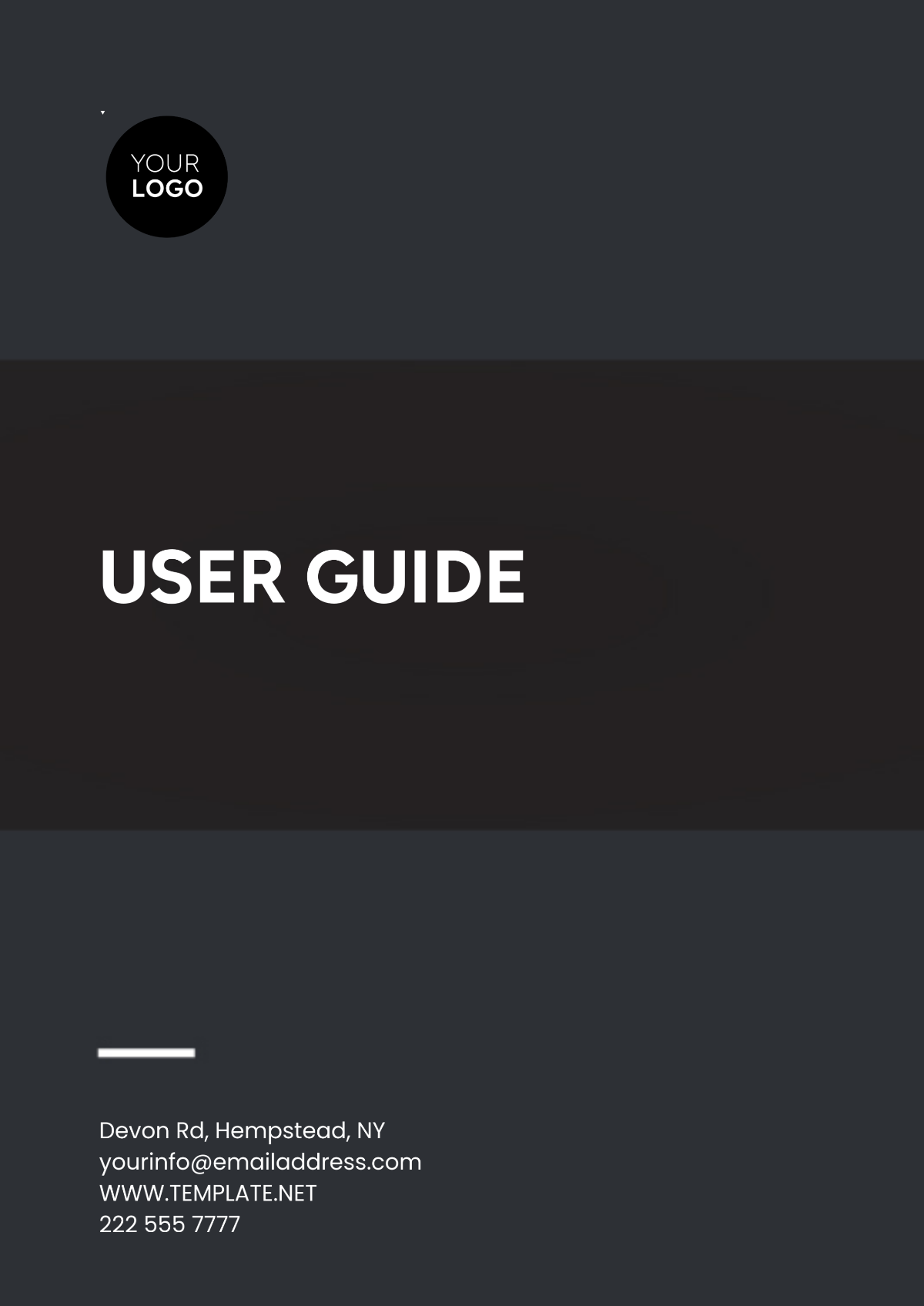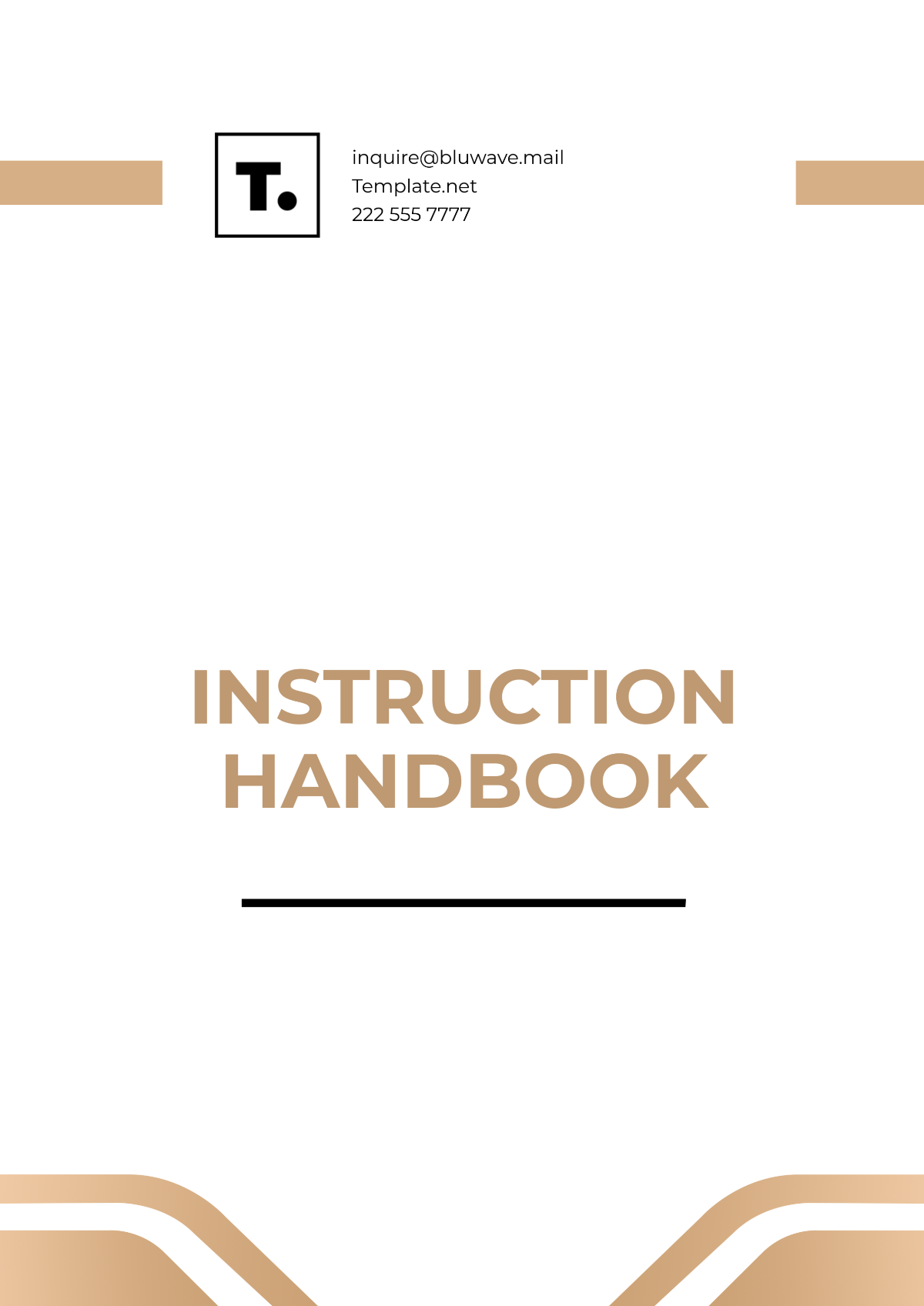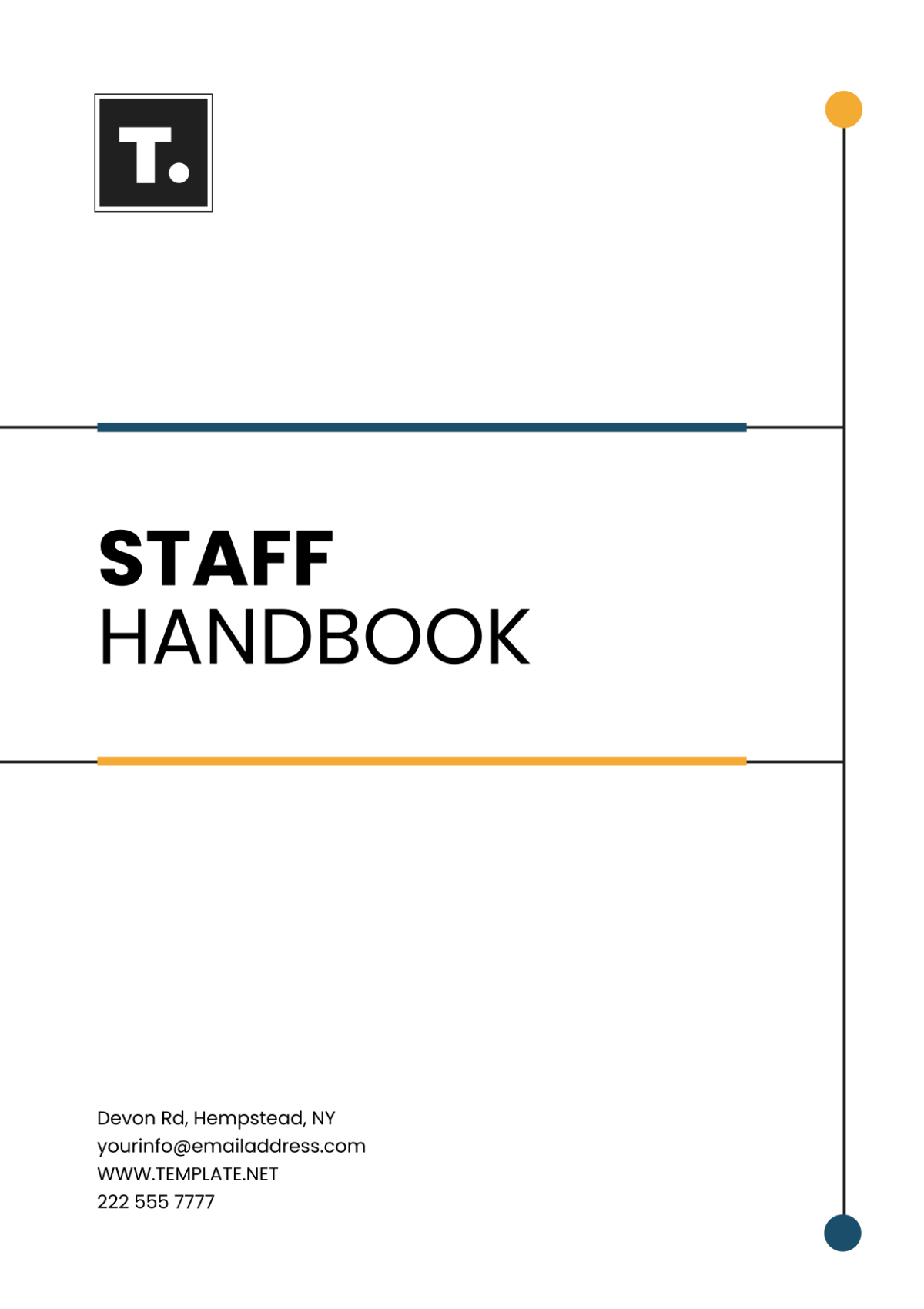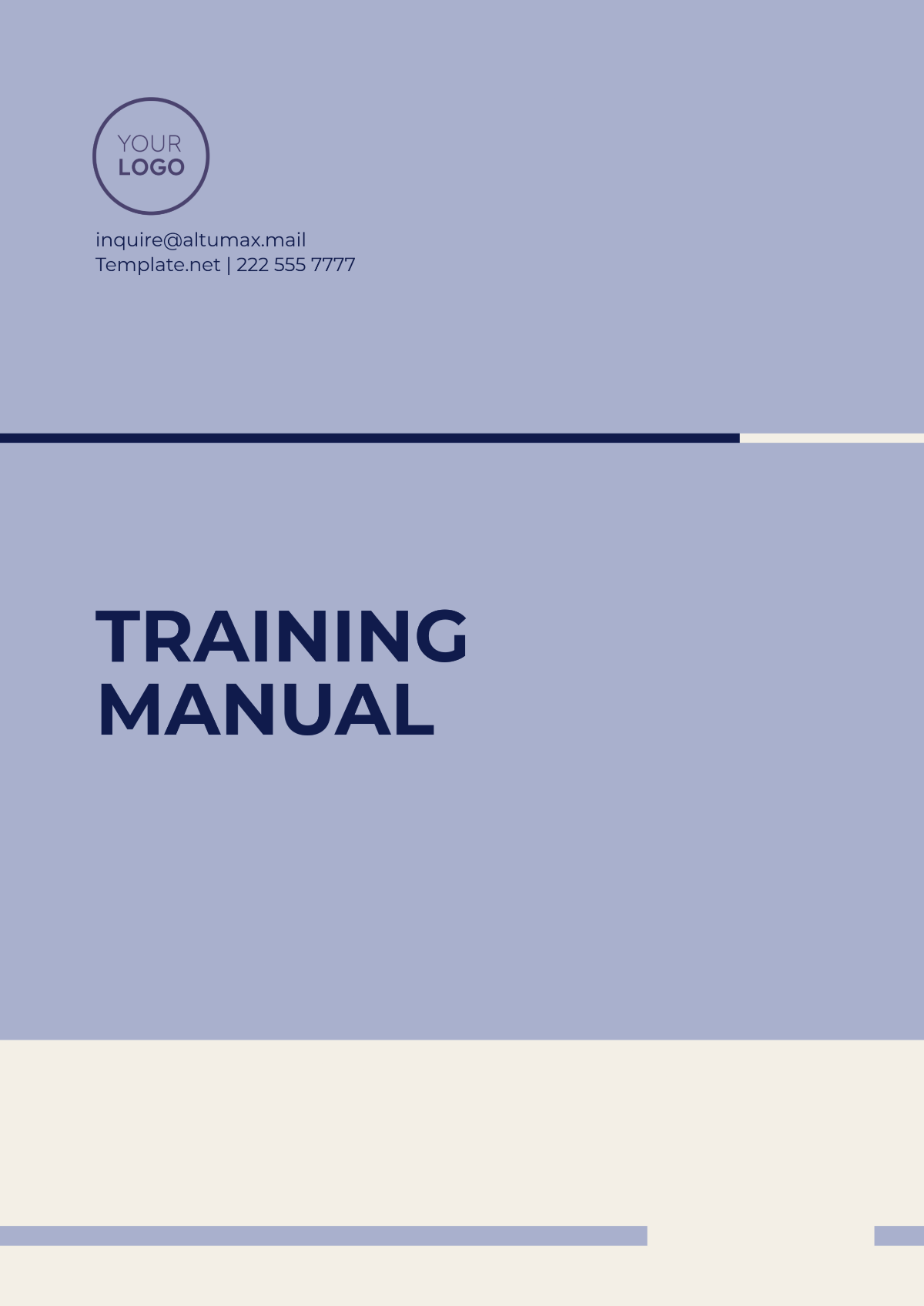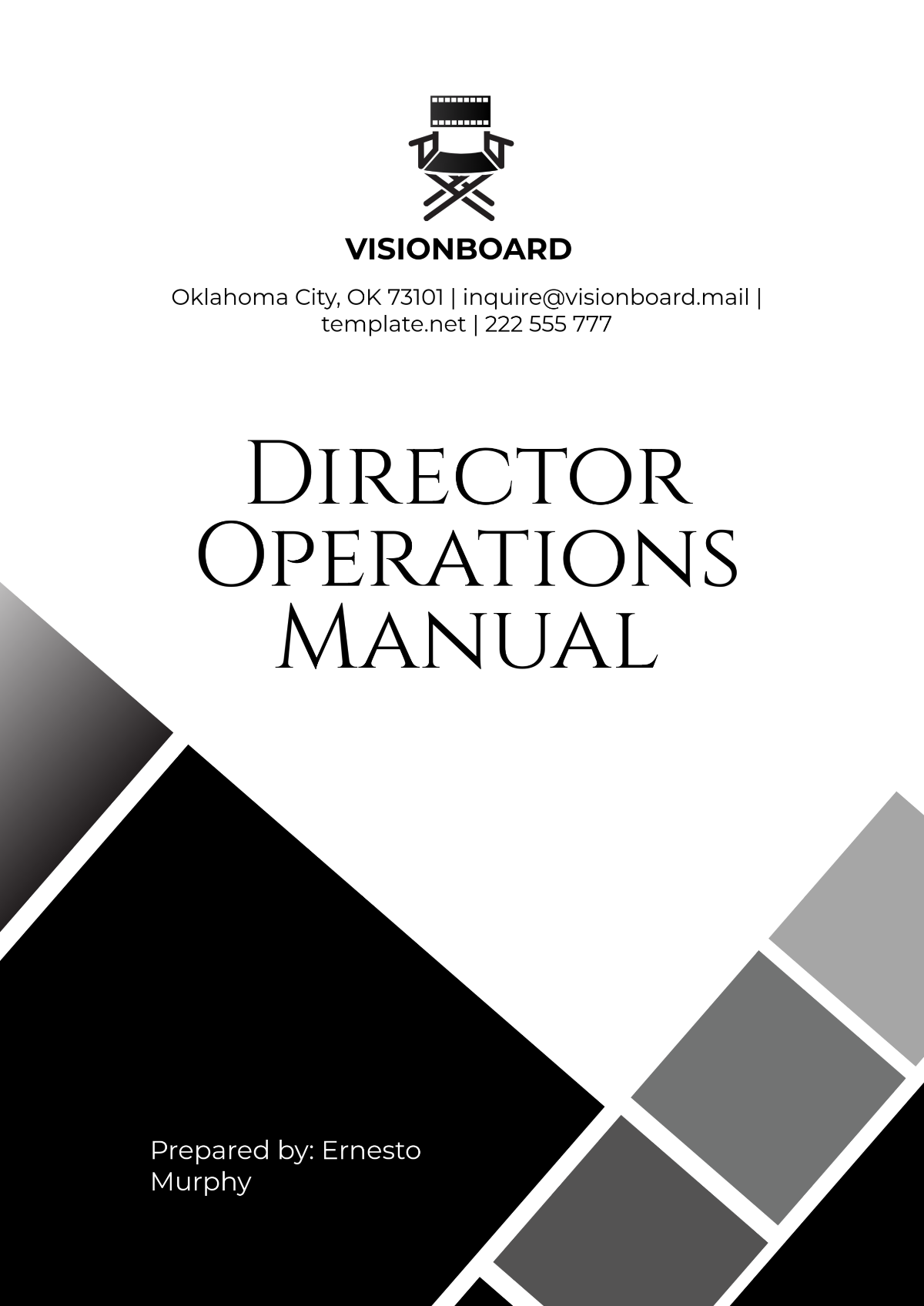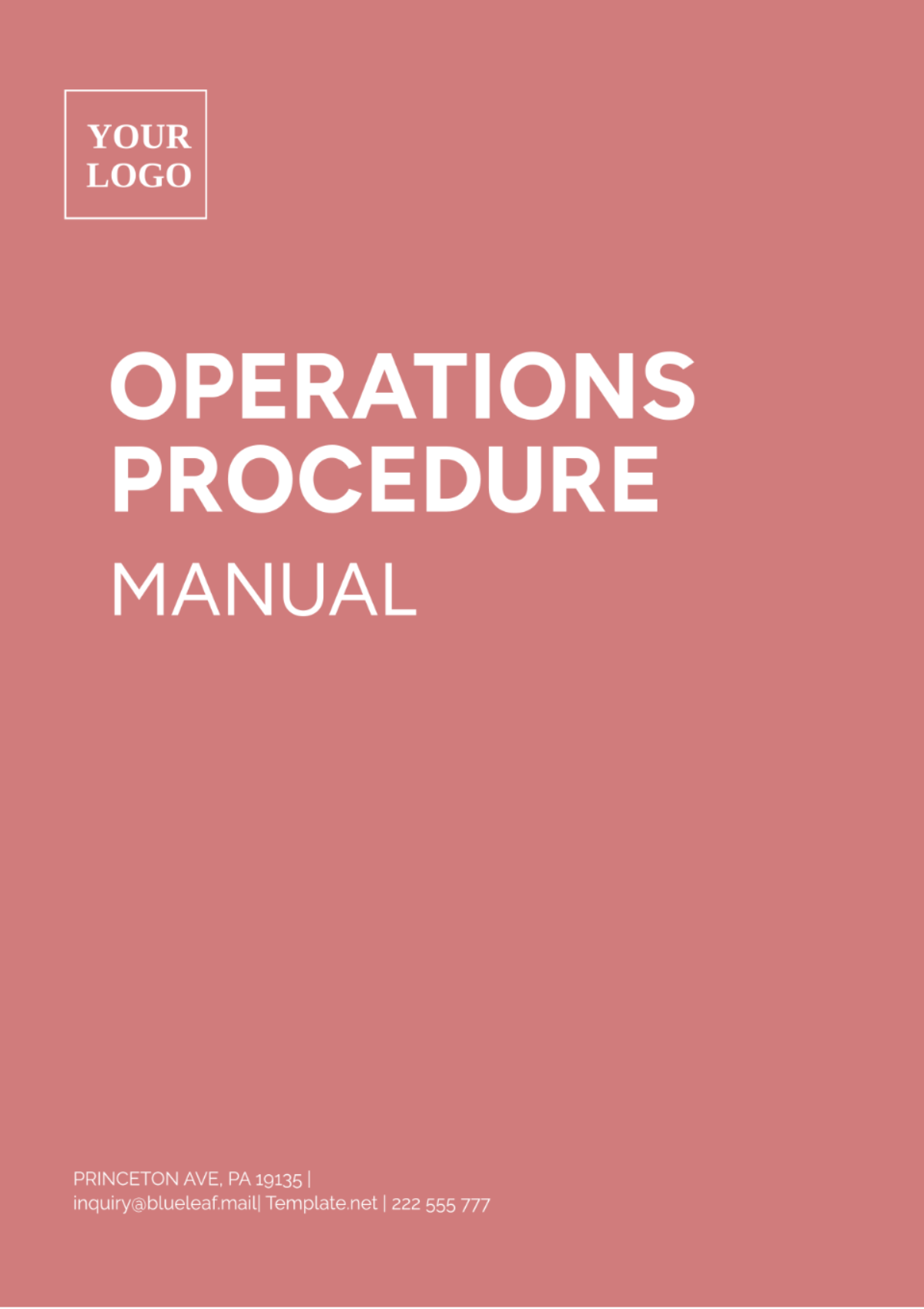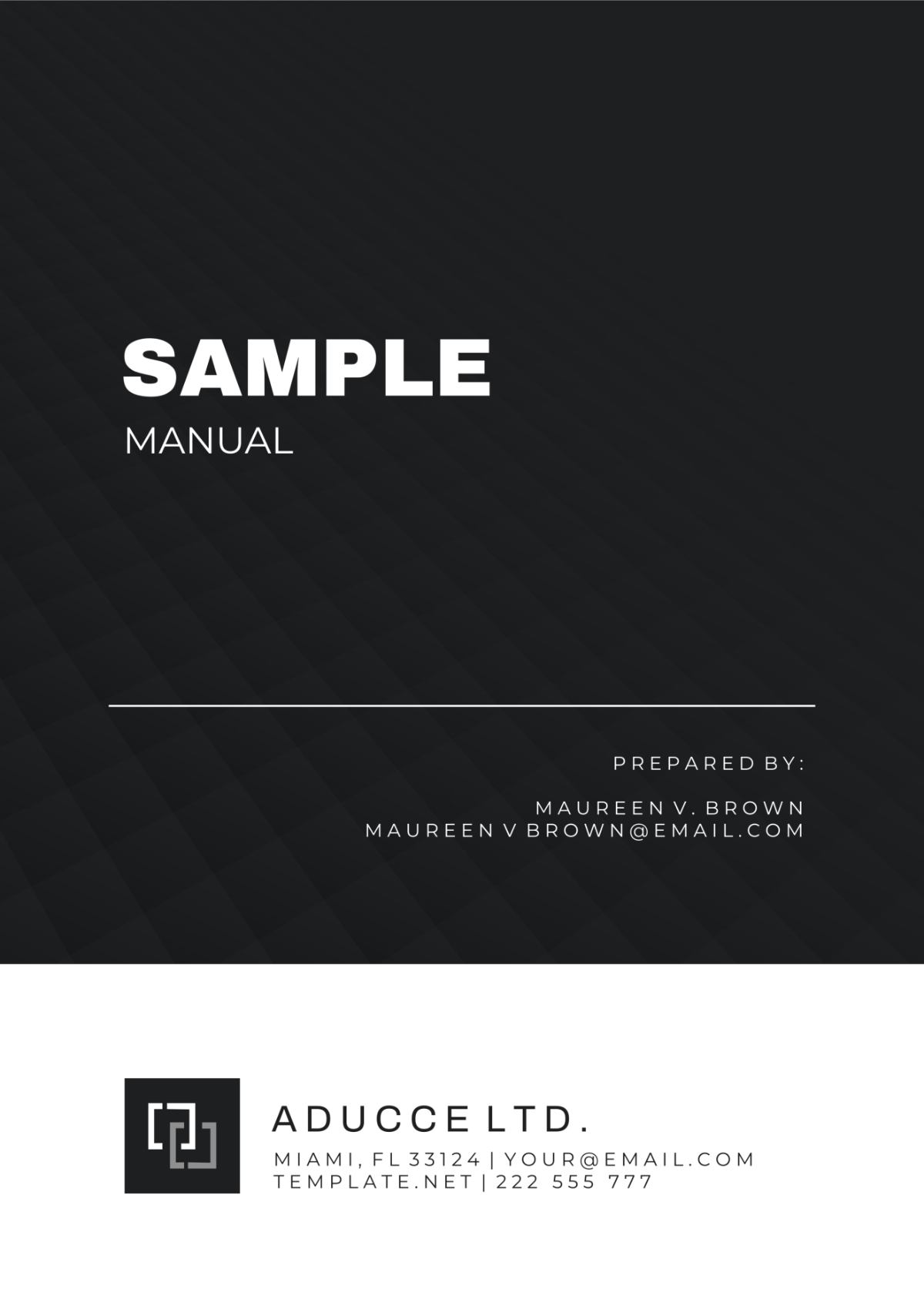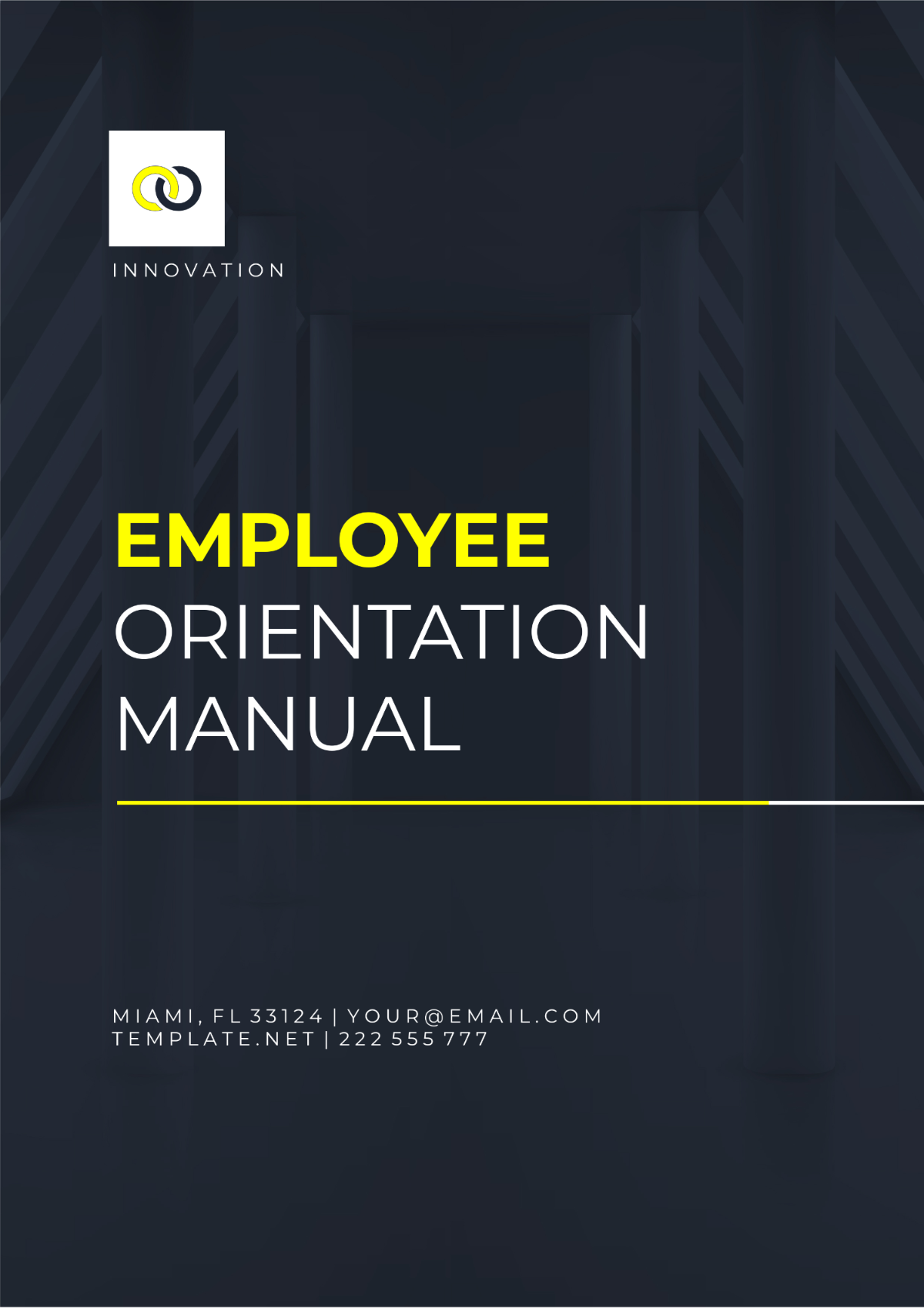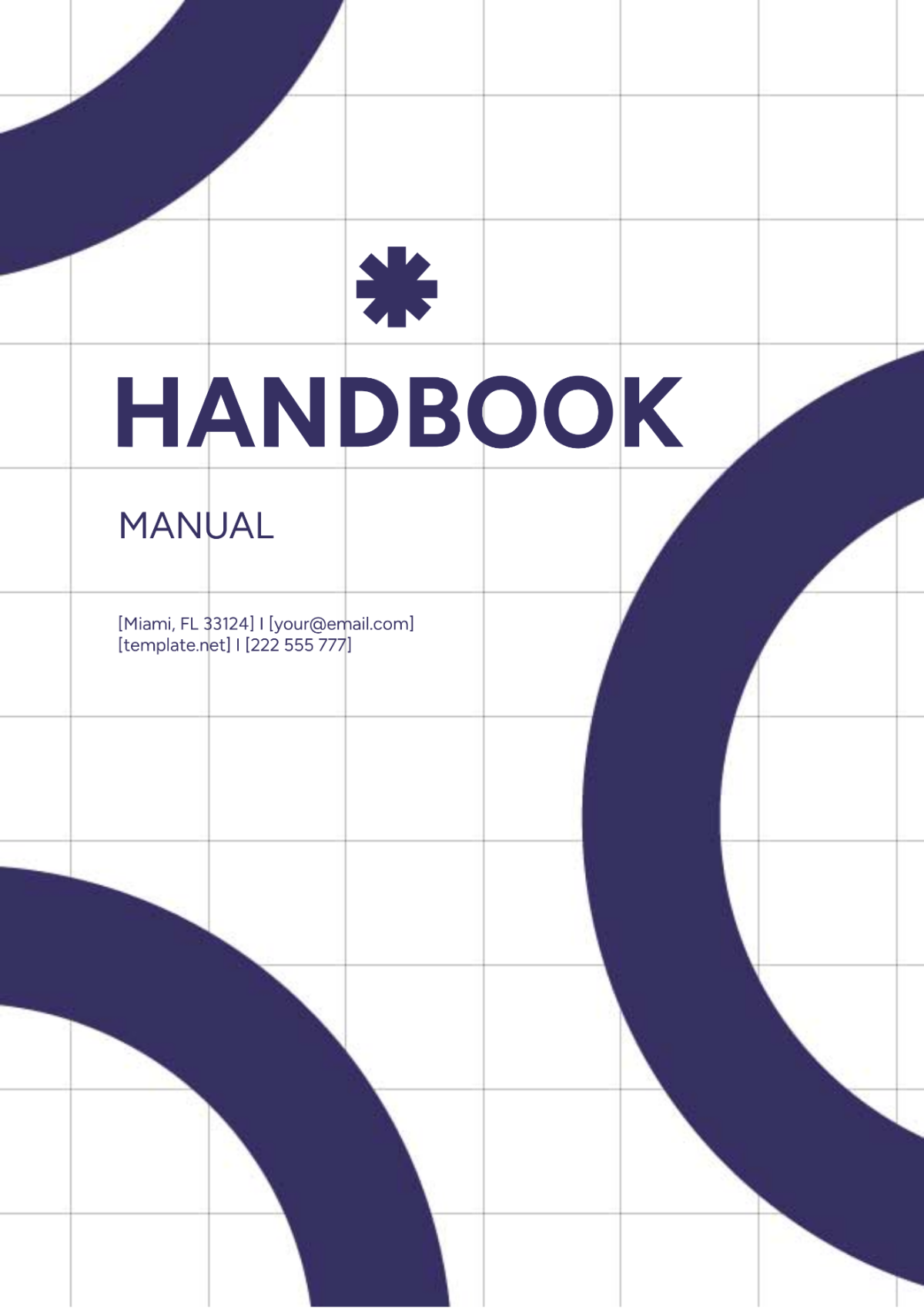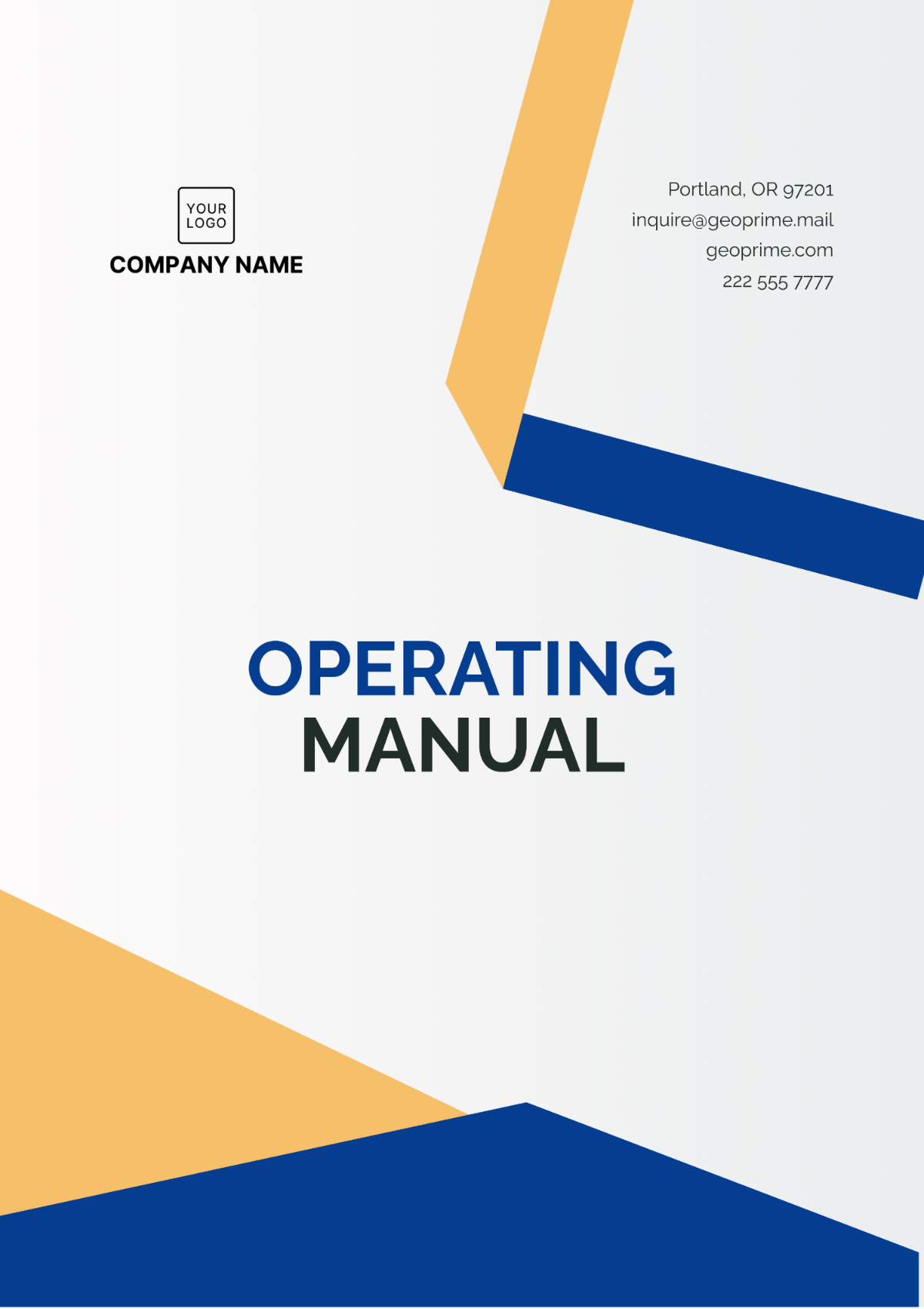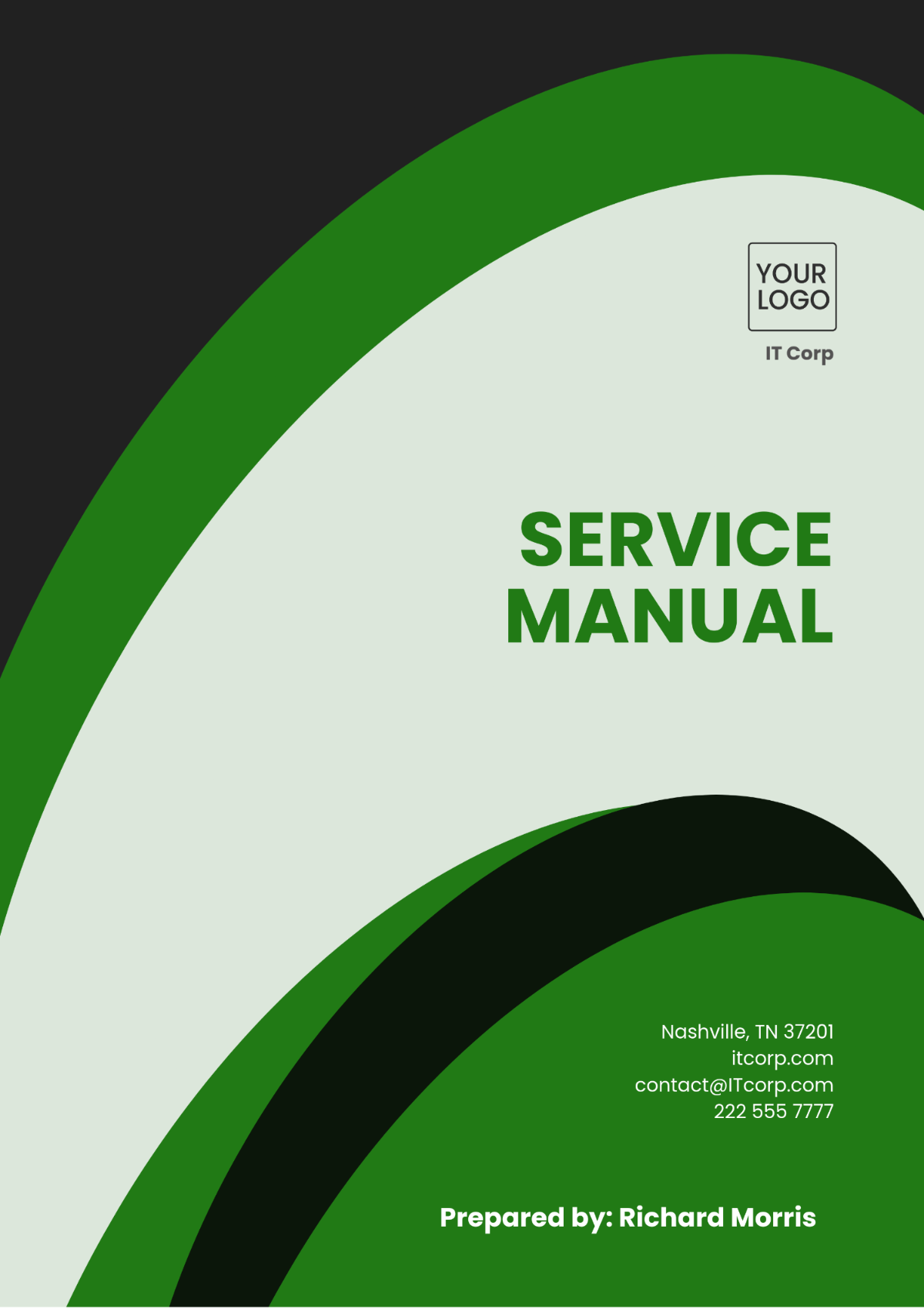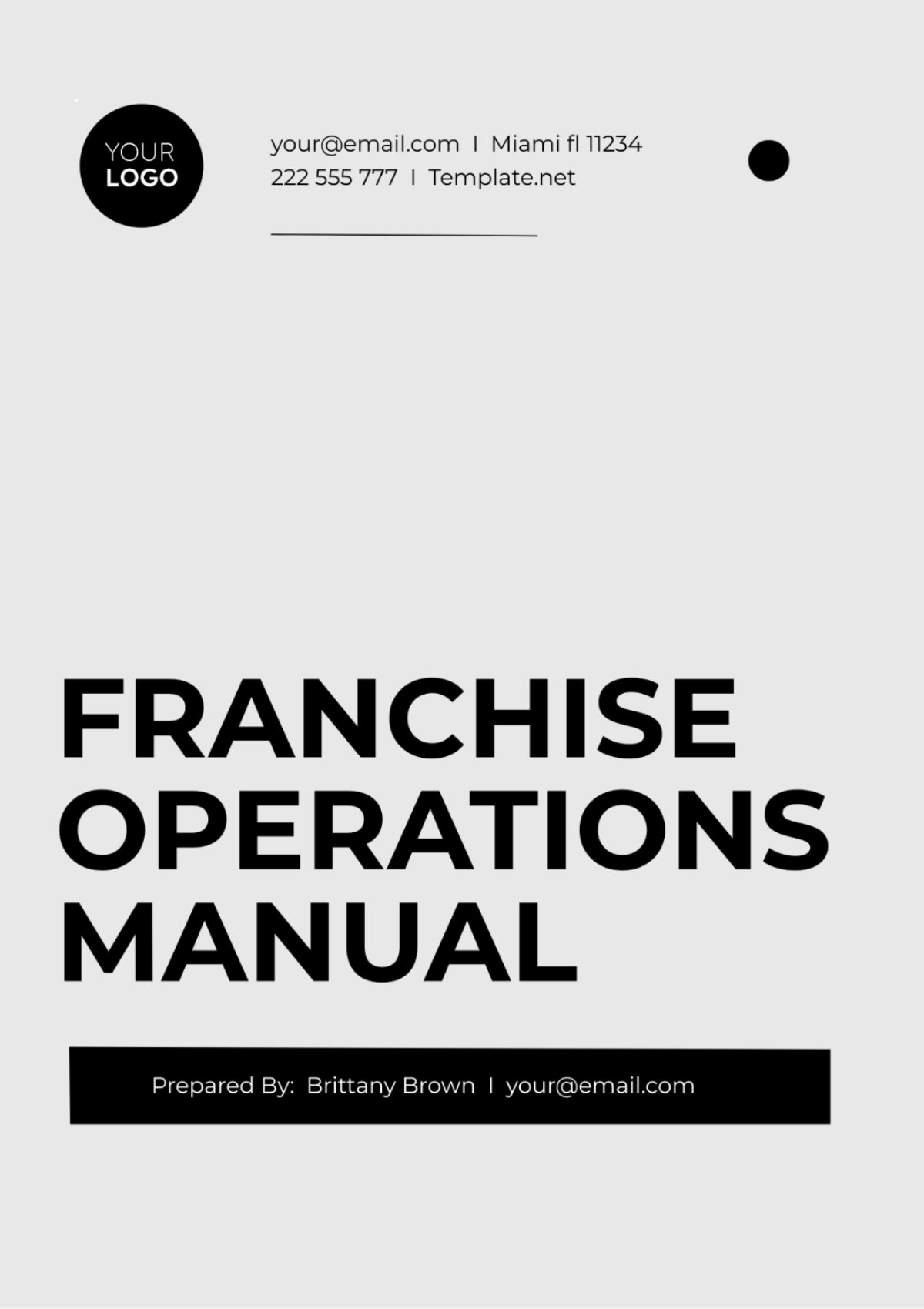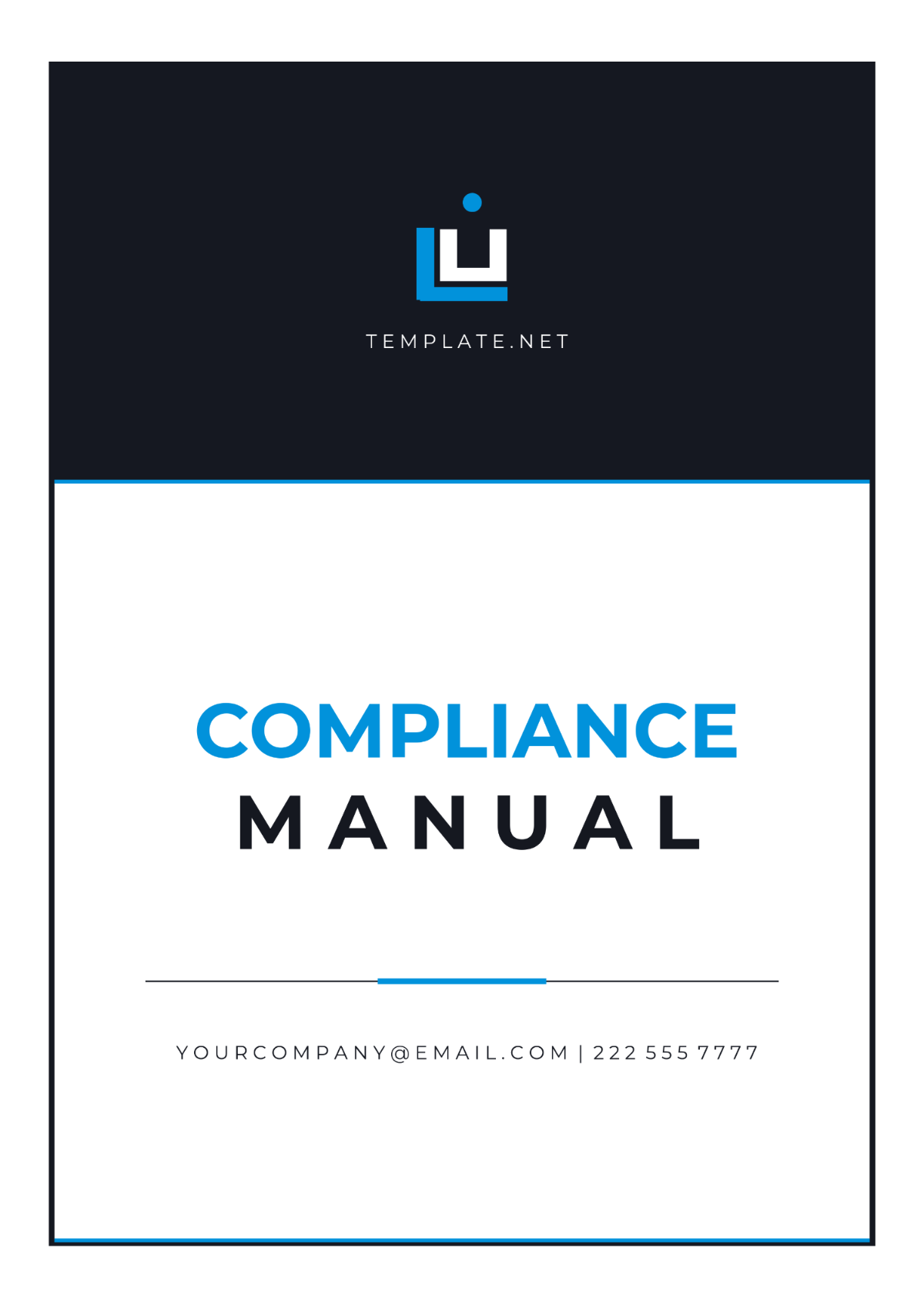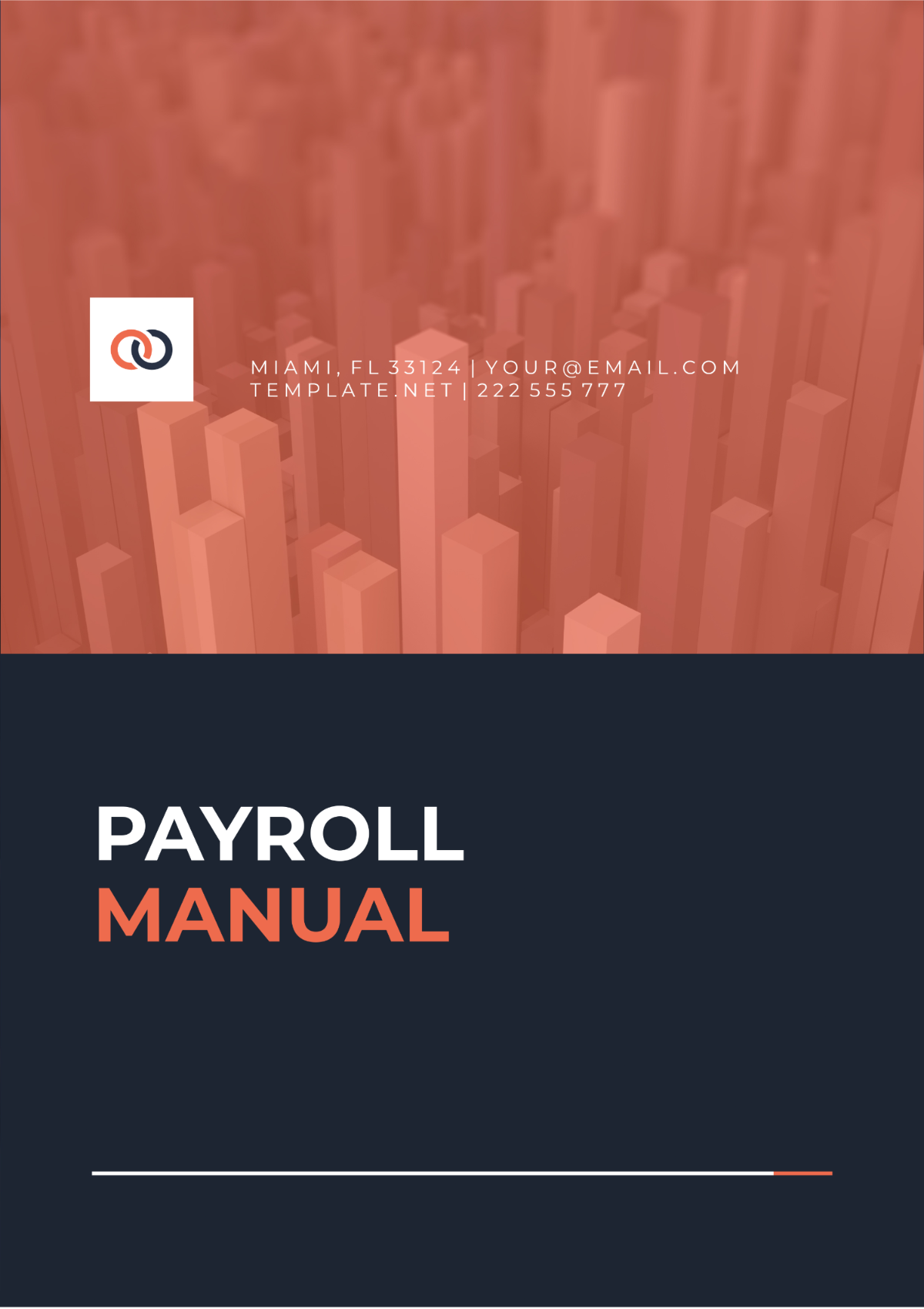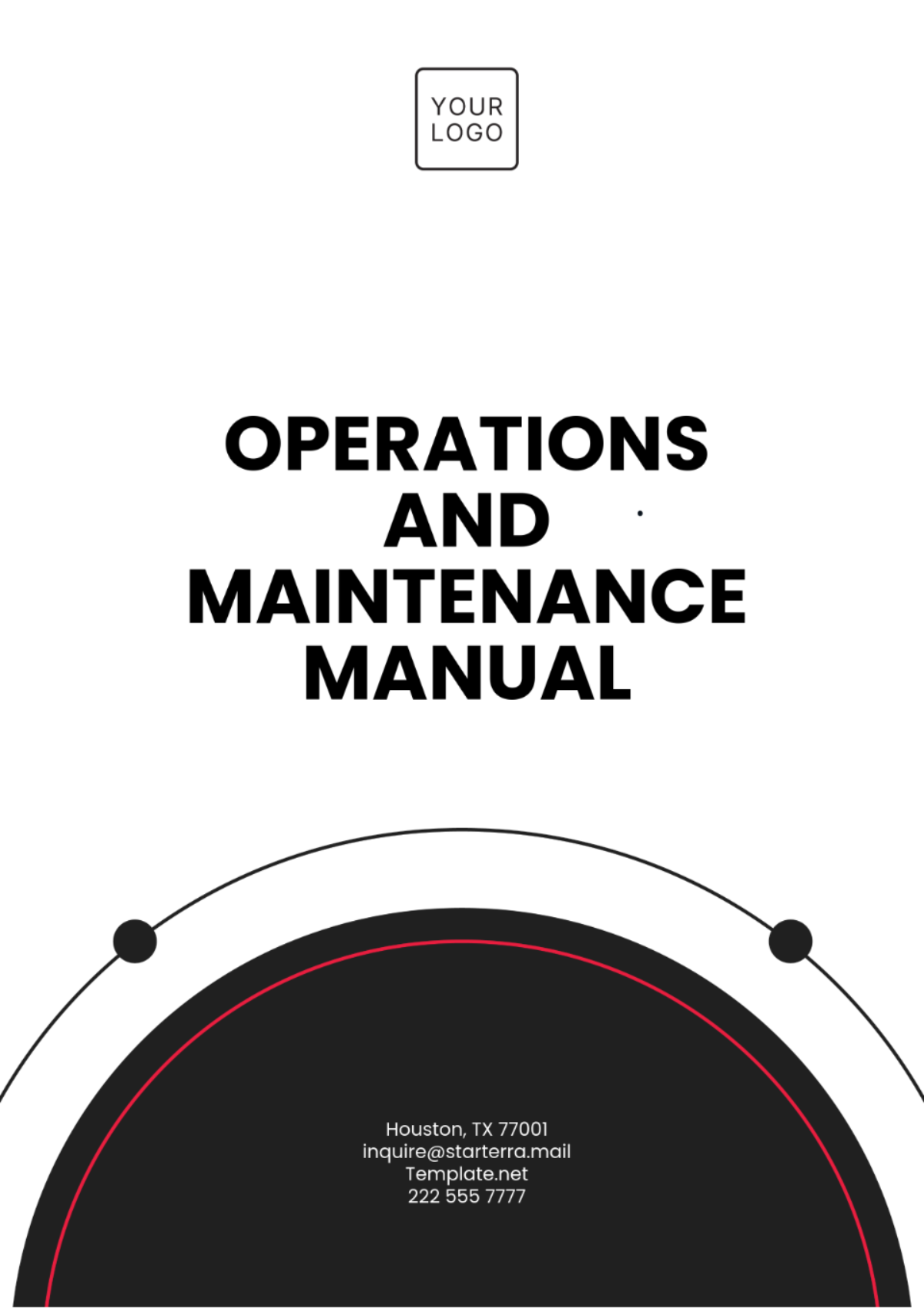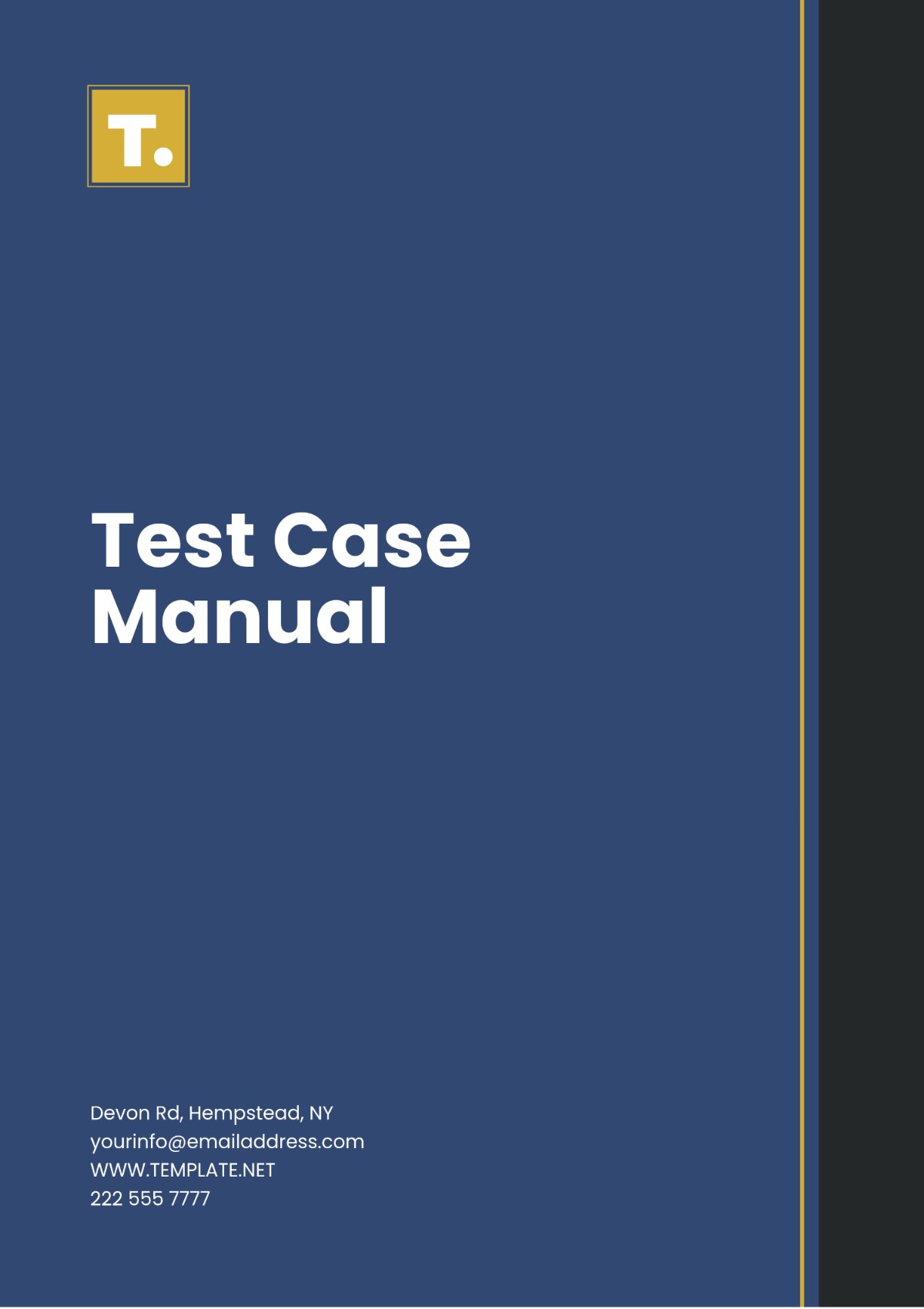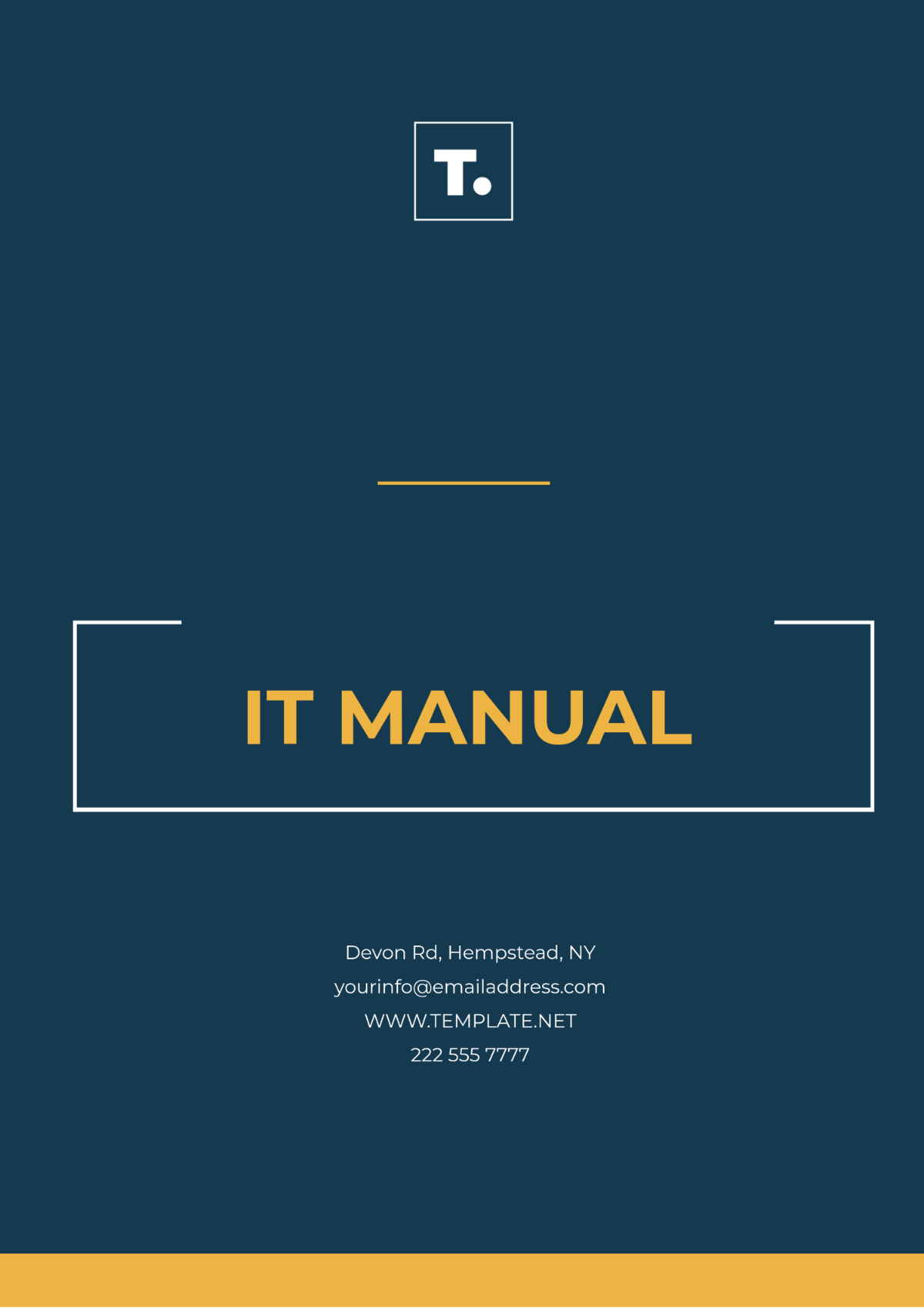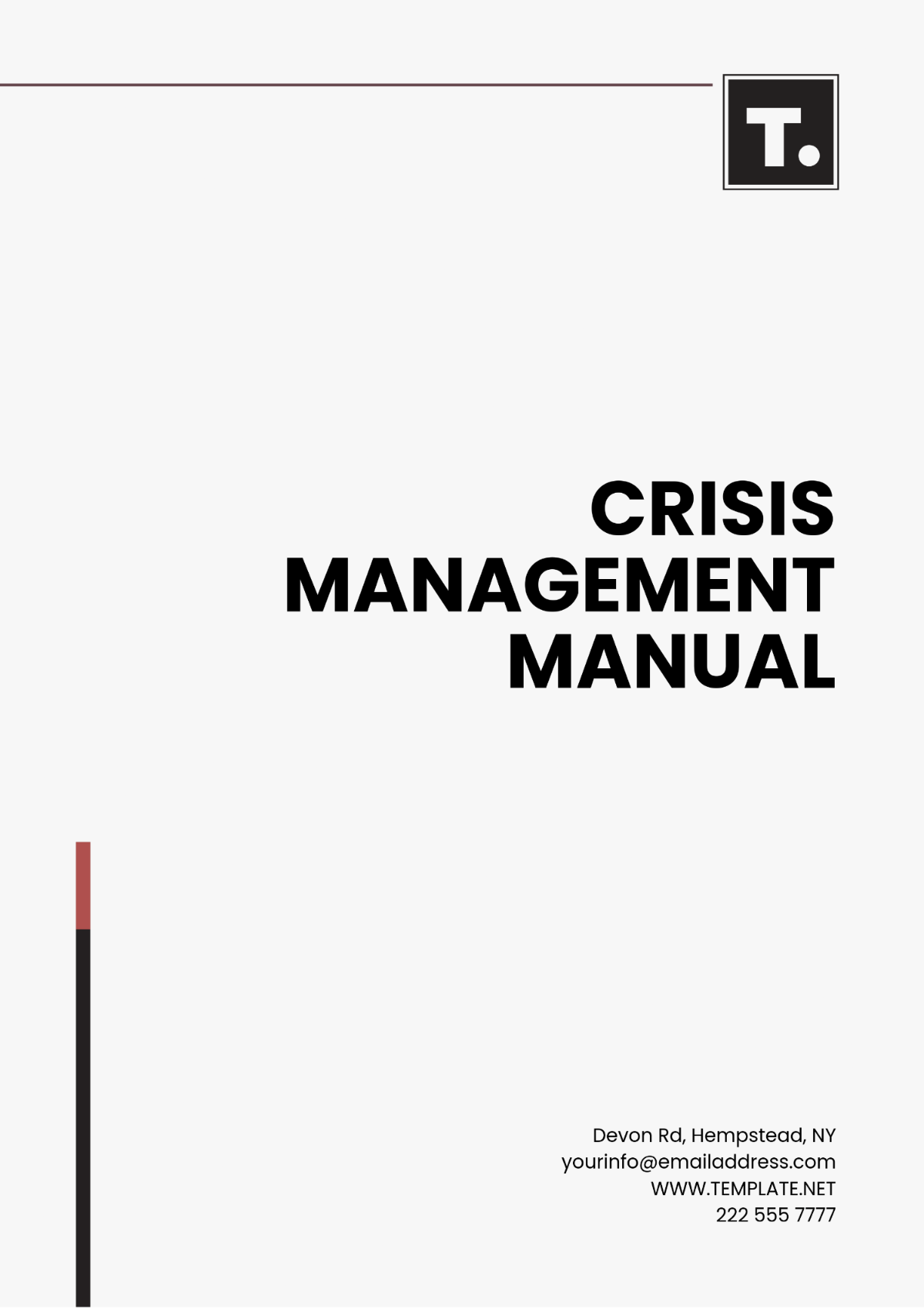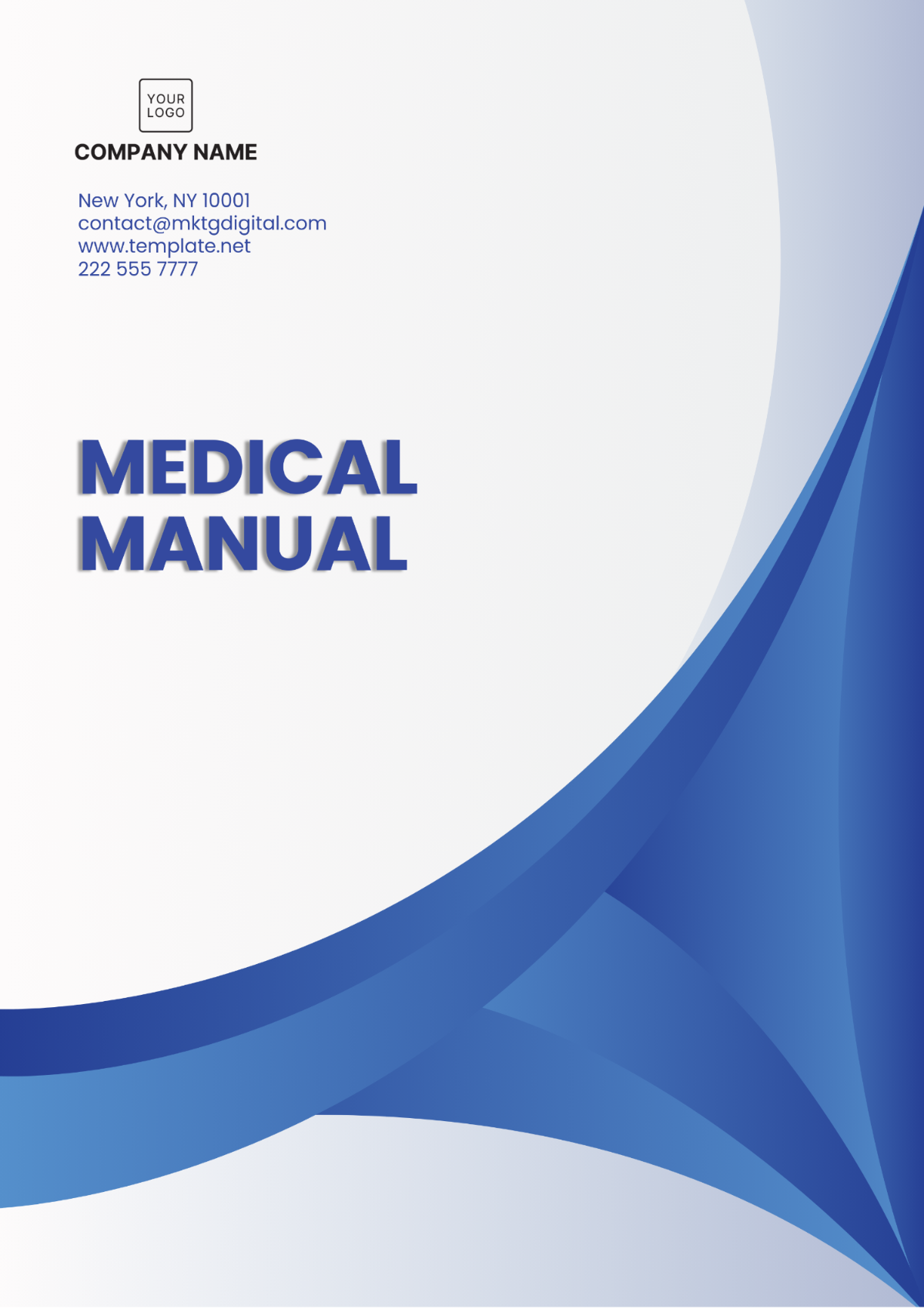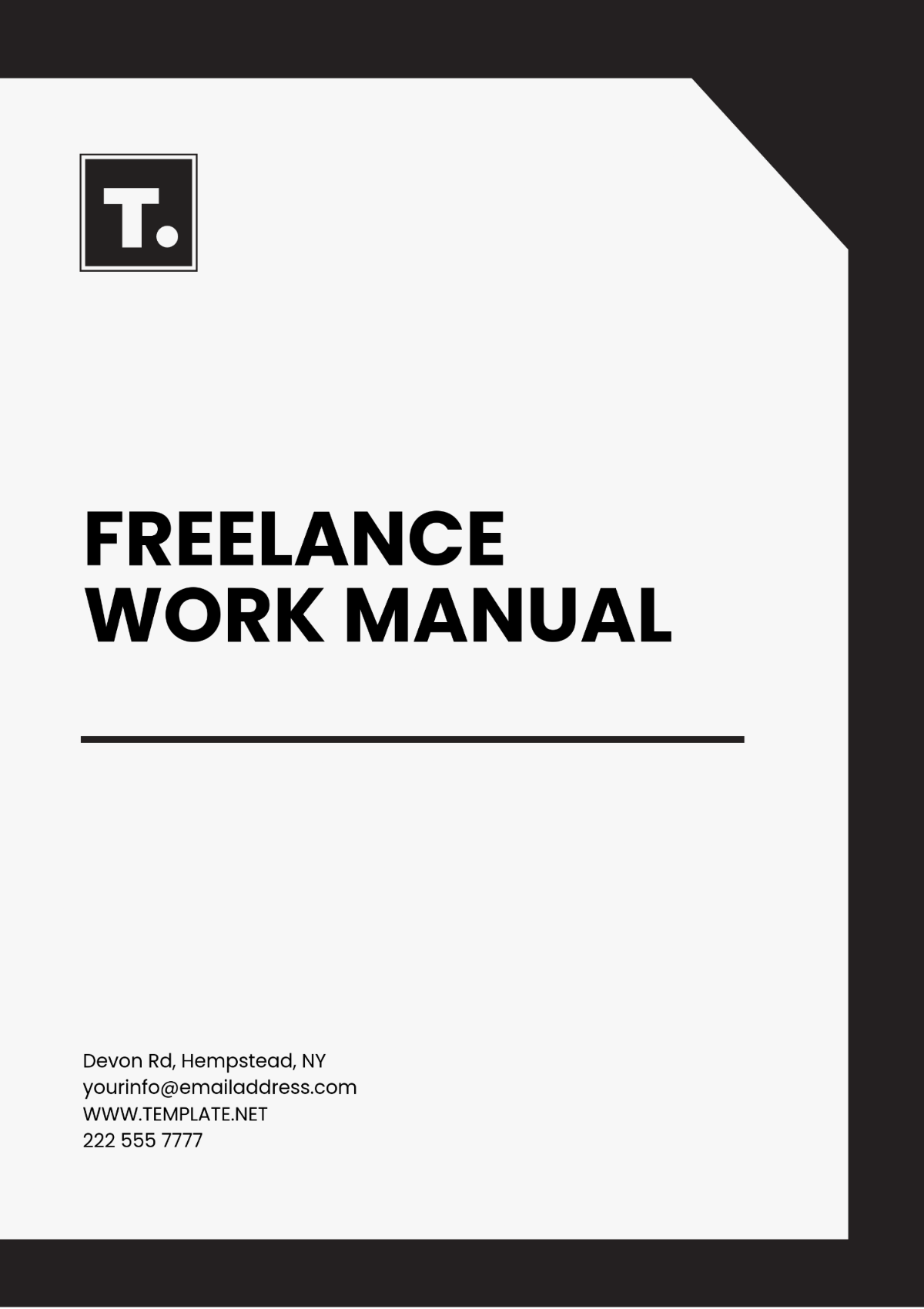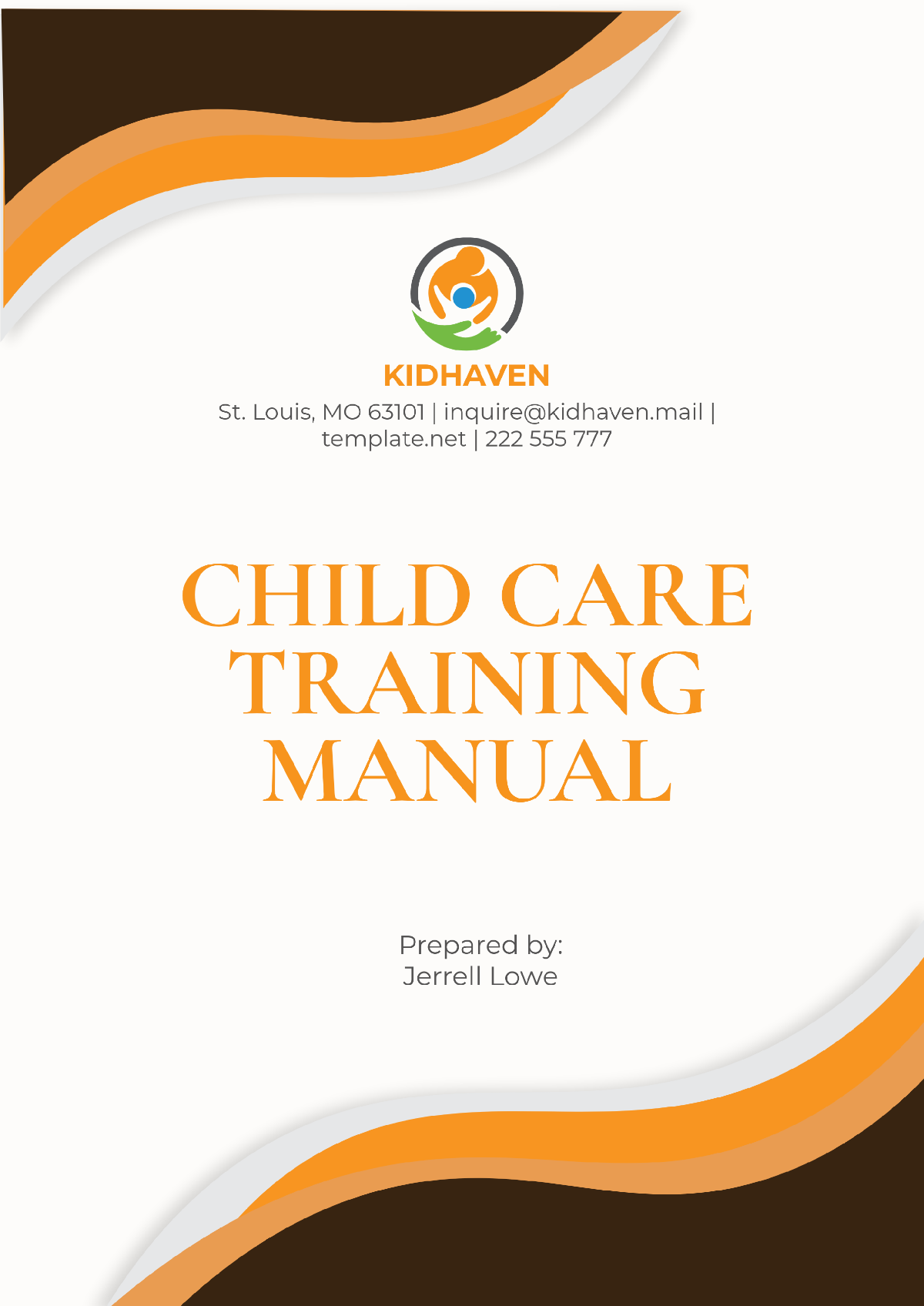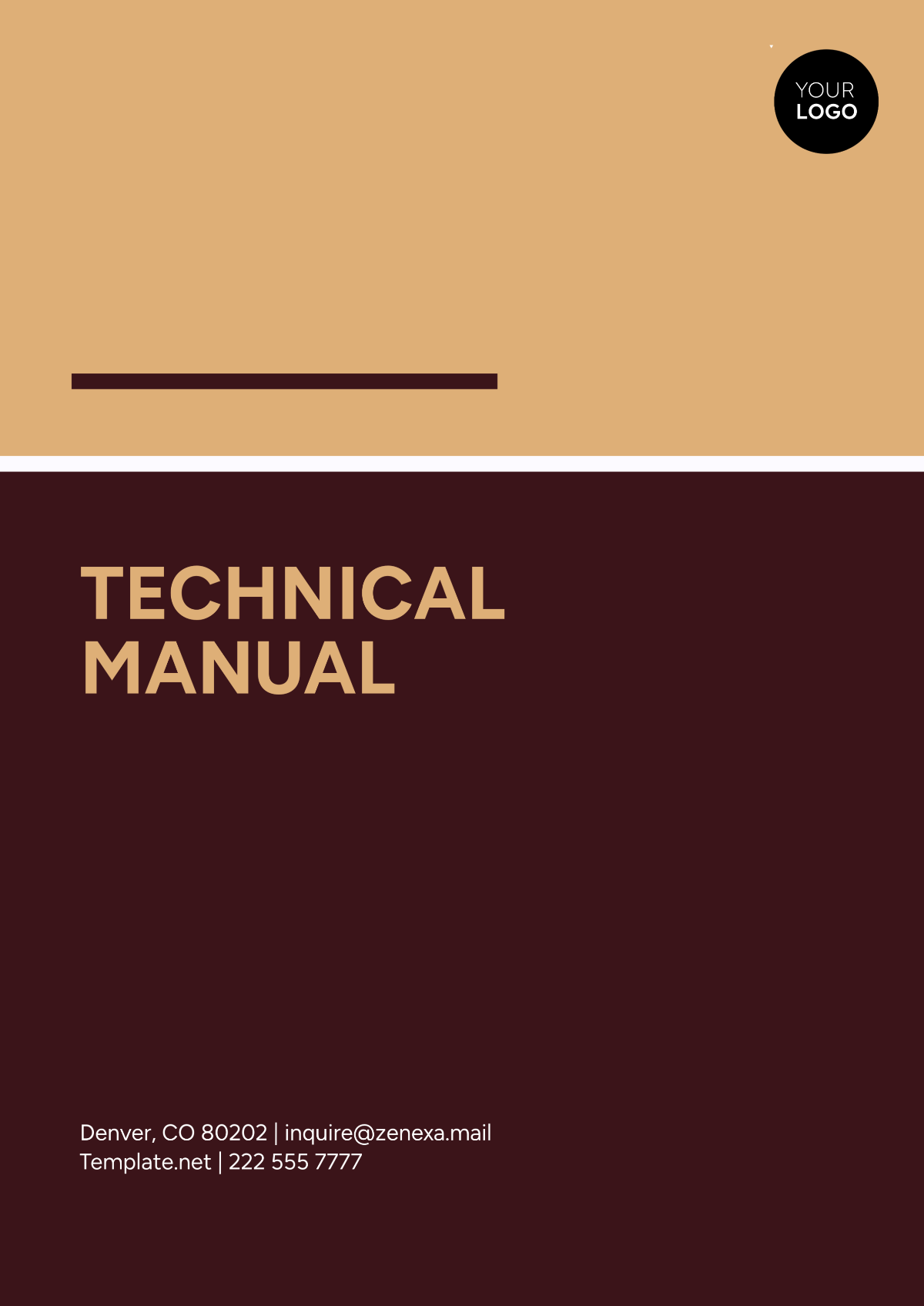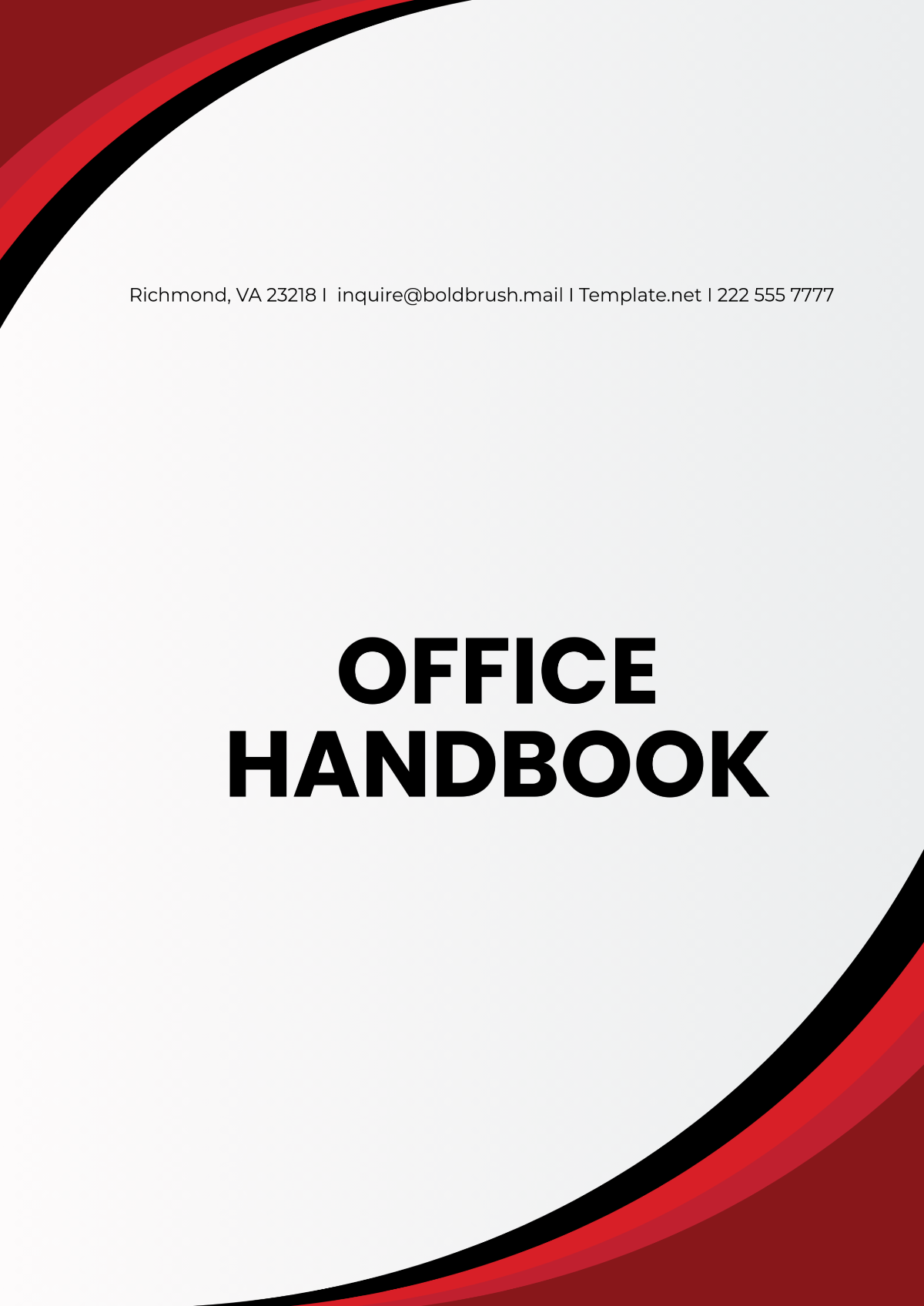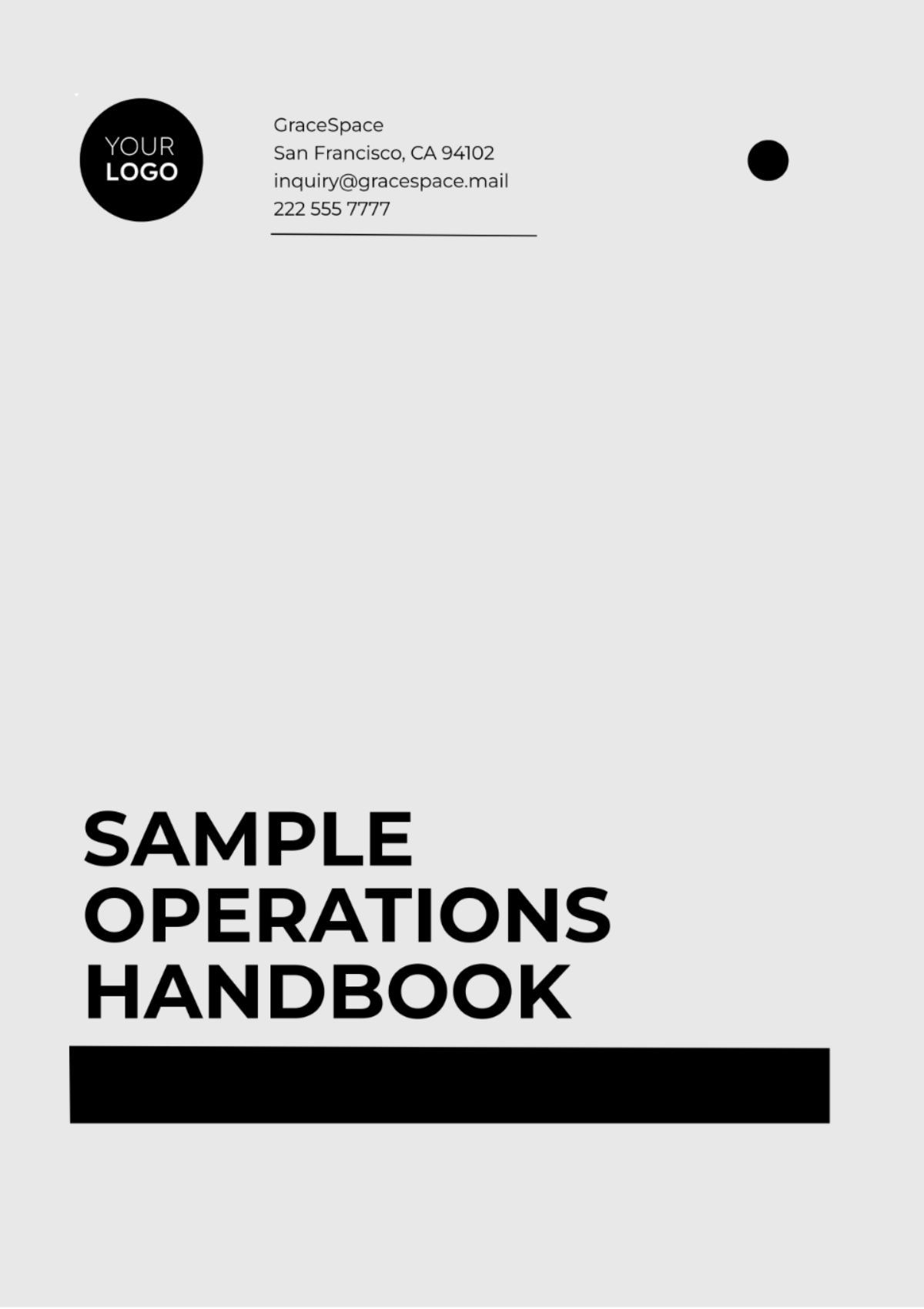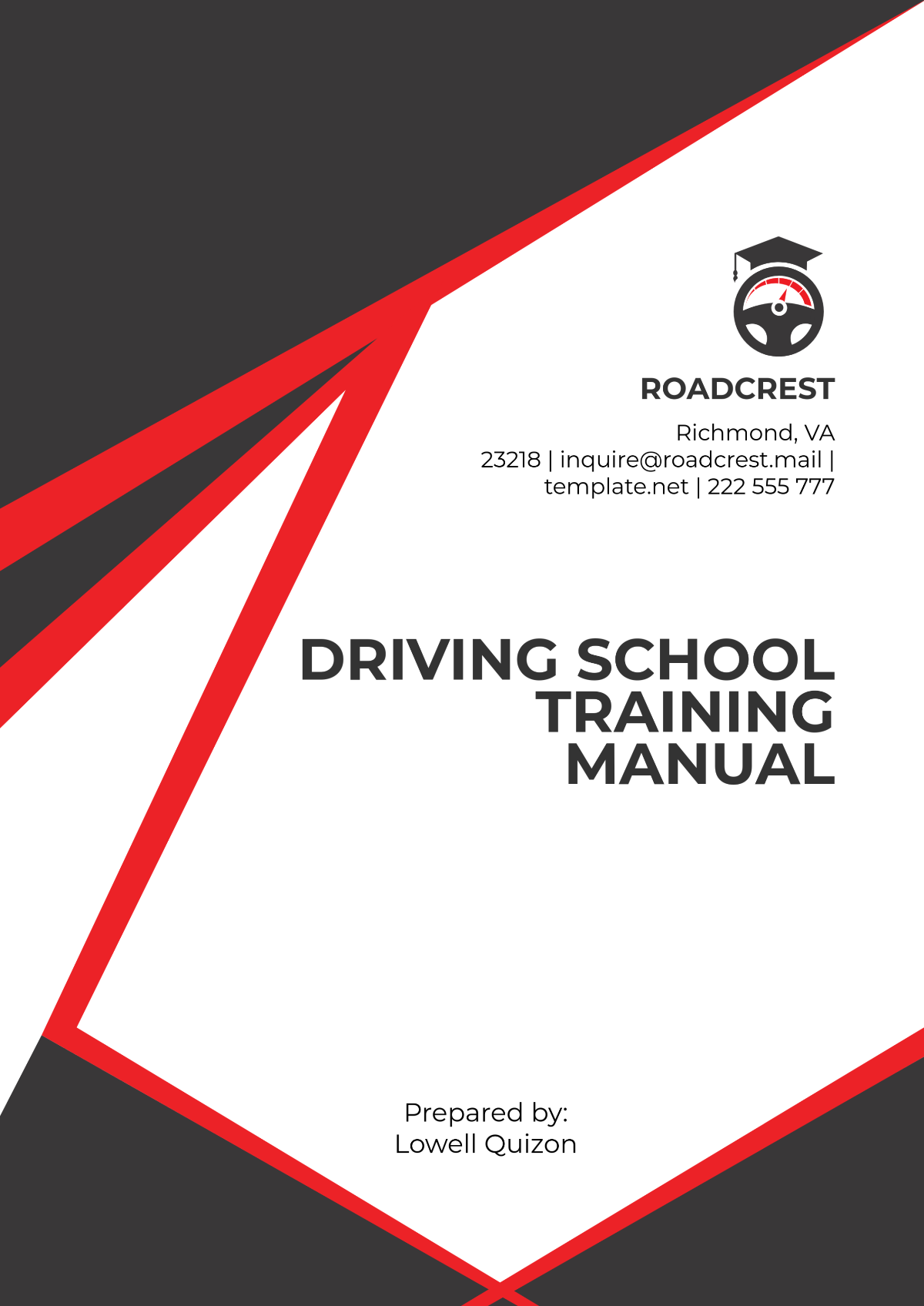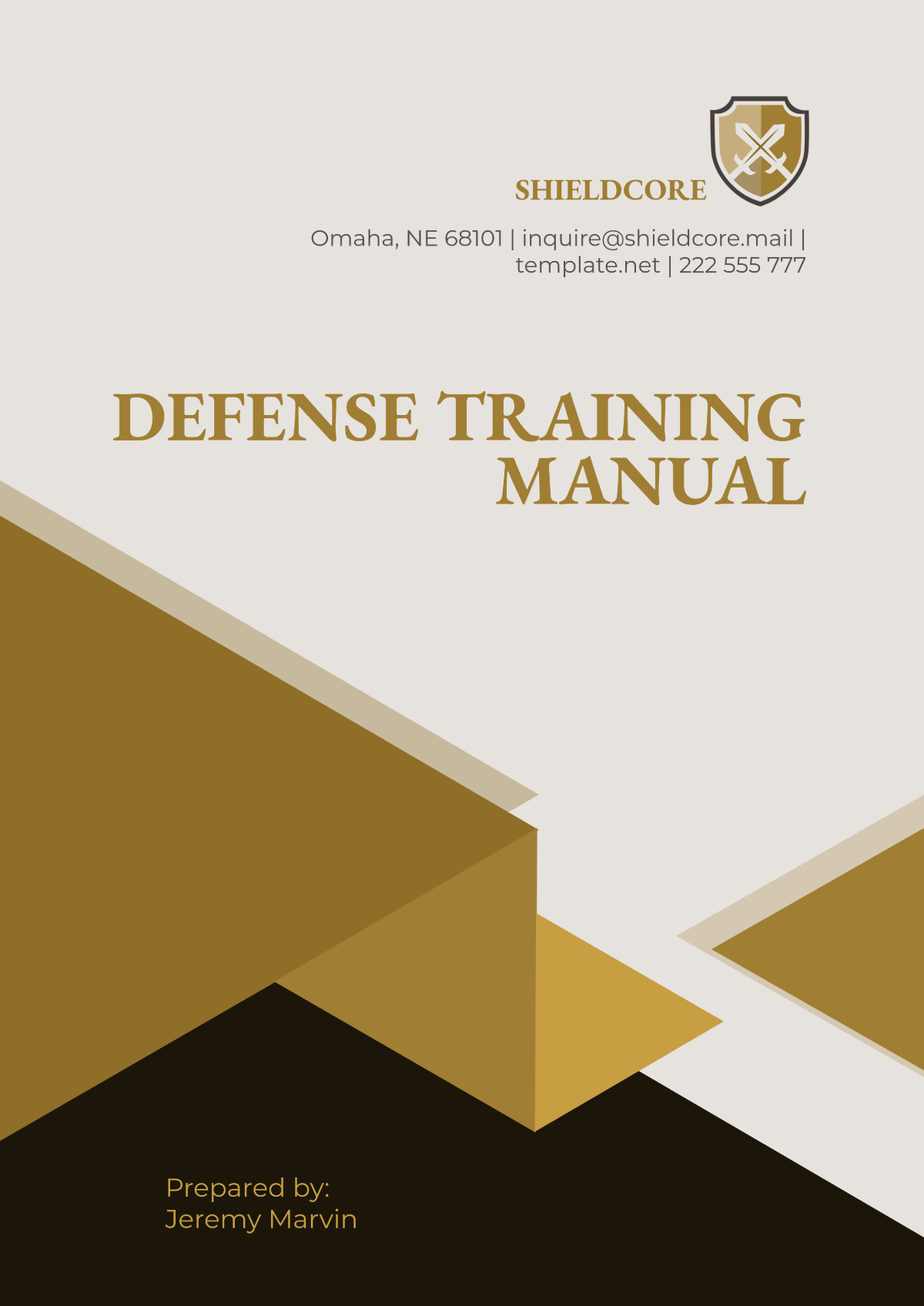Manual Design Handbook
[YOUR COMPANY NAME]'s handbook provides comprehensive guidelines on the design and creation of manuals. It covers essential aspects including structure, content, style, and usability.
I. Structure
Having a well-defined structure is crucial for the clarity and effectiveness of a manual. The following elements are essential for a cohesive structure:
Table of Contents
Introduction
Chapters and Sections
Appendices
Index
II. Content Development
The content should be clear, concise, and instructional. Key components include:
Step-by-step instructions
Explanatory images or diagrams
Examples and case studies
Glossary of terms
III. Style and Formatting
Maintain consistency in style and formatting to enhance readability. Consider the following guidelines:
Element | Recommendation |
|---|---|
Font | Use a readable sans-serif font, such as Arial or Helvetica. |
Headings | Clearly distinguish headings (such as H1 and H2) with size and boldness. |
Paragraphs | Keep paragraphs short and focused on a single topic. |
Lists | Utilize bullet points or numbers for lists to break down information. |
IV. Usability and Accessibility
Ensure the manual is user-friendly and accessible to all readers:
Provide a searchable PDF version.
Include alt text for all images.
Ensure high contrast between text and background.
Use clear and simple language.
V. Revision and Updates
Keep the manual up-to-date with regular reviews and revisions. Implement a version control system to track changes and updates:
Record revision dates and authors.
Provide a summary of changes at the start of each new edition.
Solicit feedback from users to identify areas for improvement.
VI. Templates and Examples
Utilize templates and examples to streamline the manual creation process:
Standardized templates for consistency.
Sample manuals to illustrate best practices.
Reference guides for style and formatting.
VII. Conclusions
Designing an effective manual requires careful planning, clear writing, and consistent formatting. By following the guidelines in this handbook, creators can produce manuals that are both functional and user-friendly.
